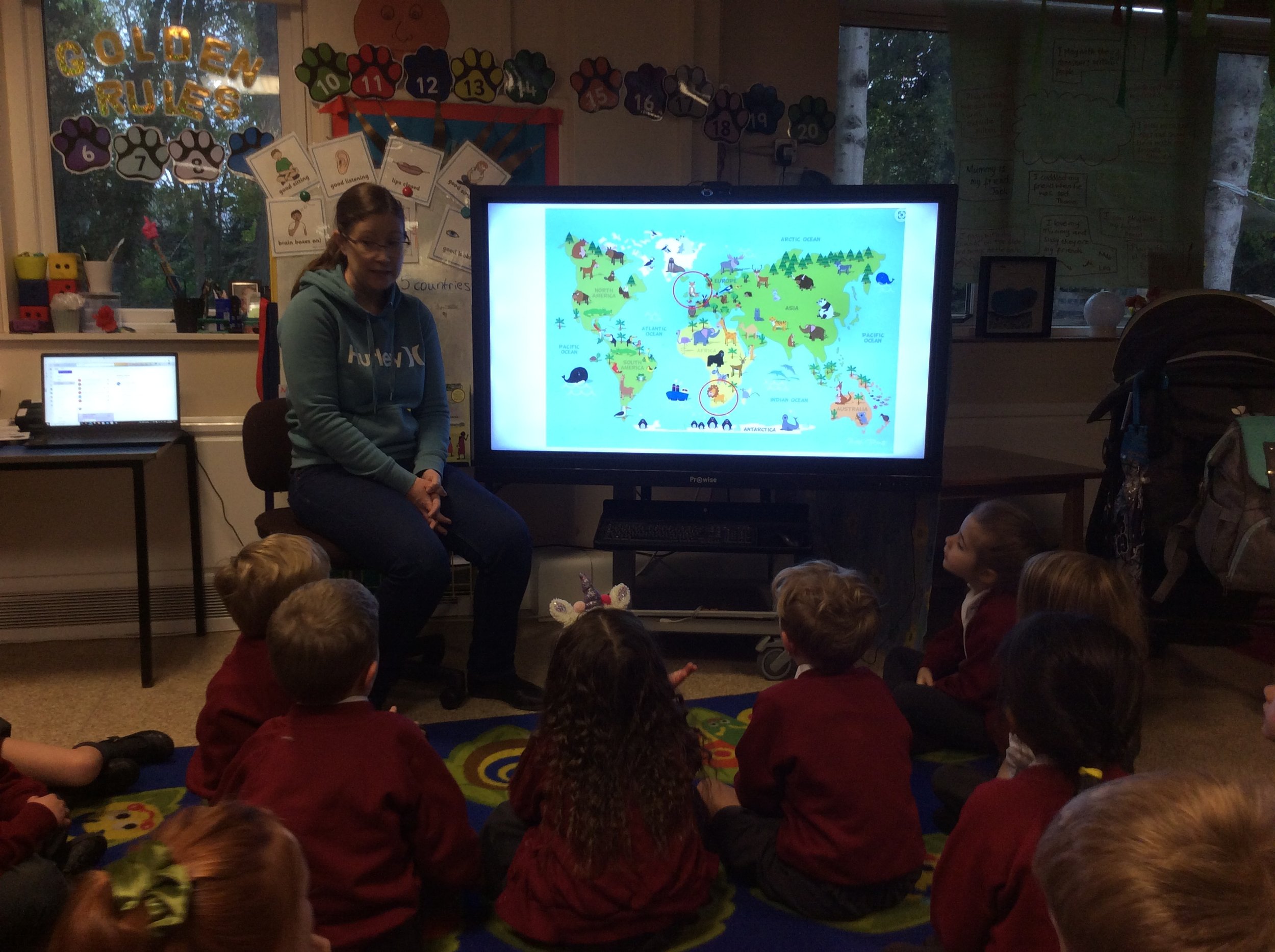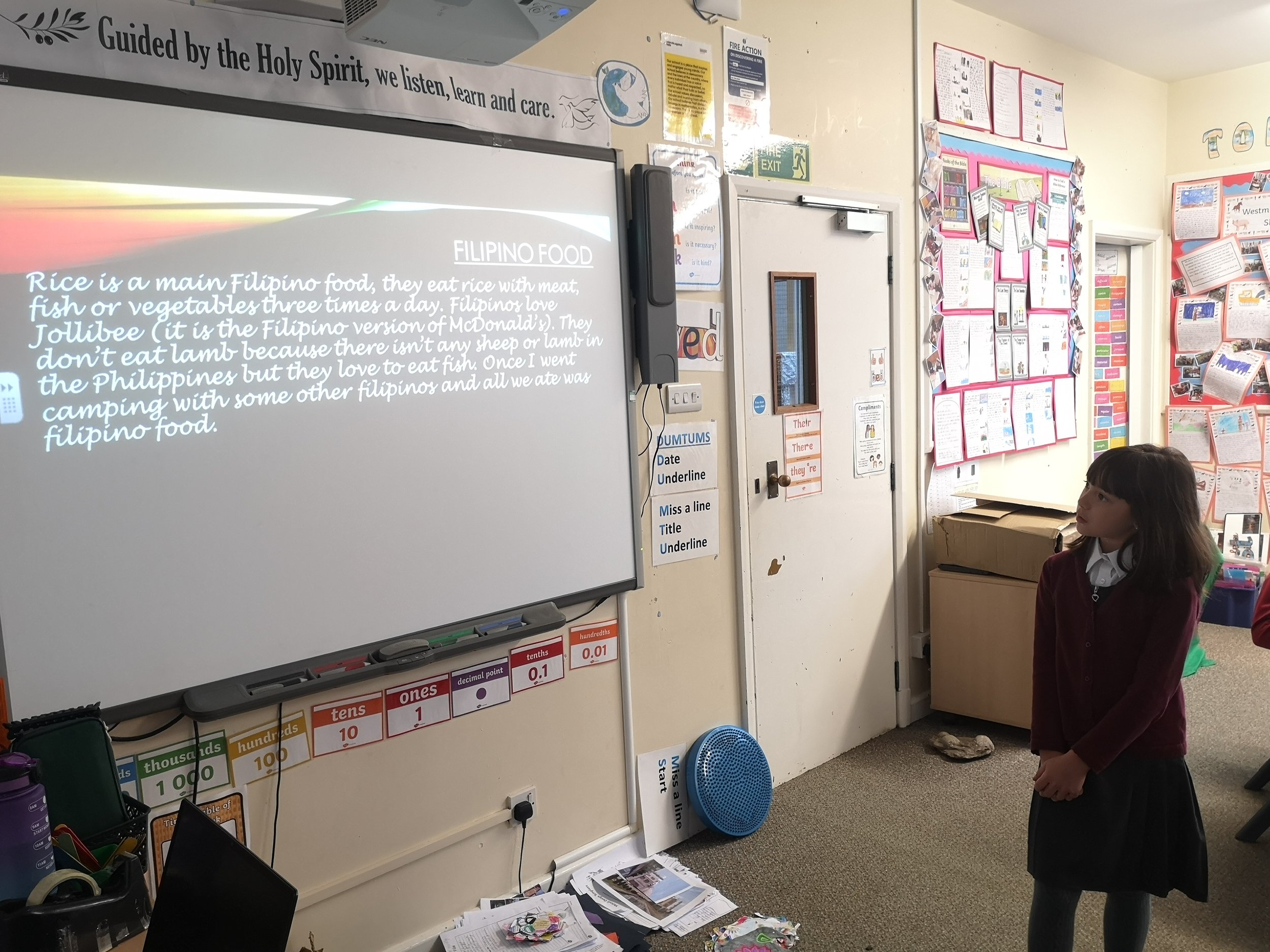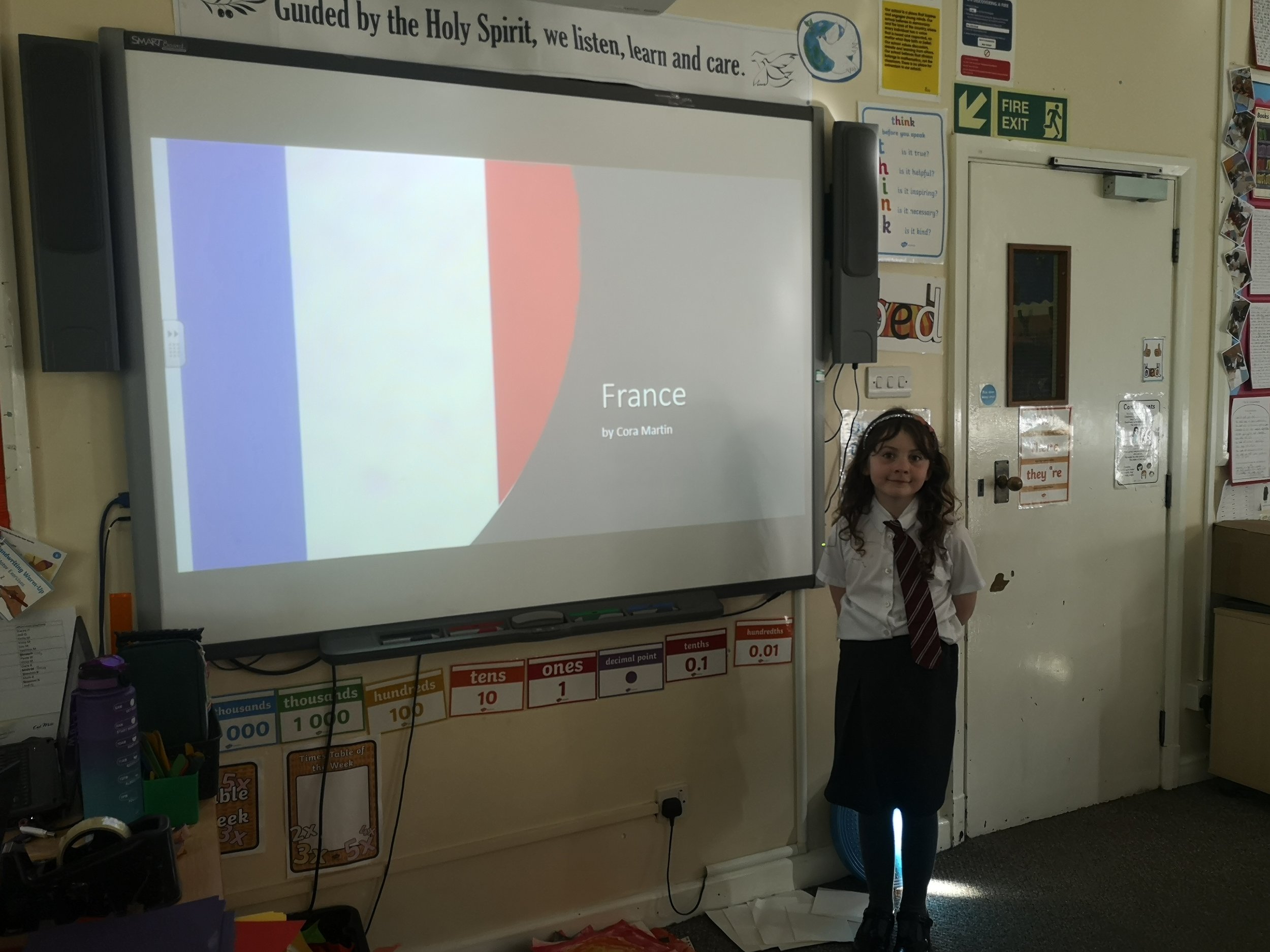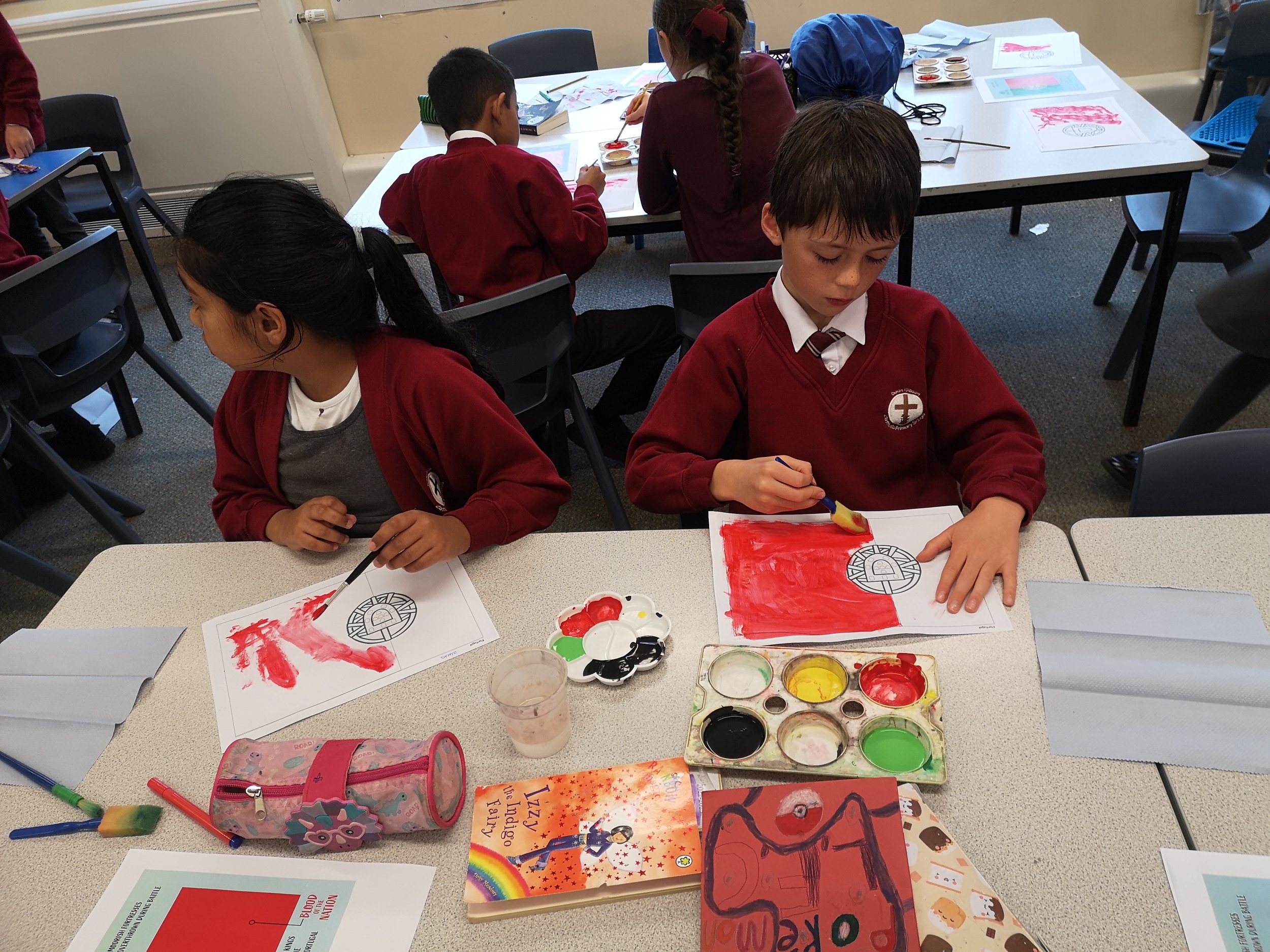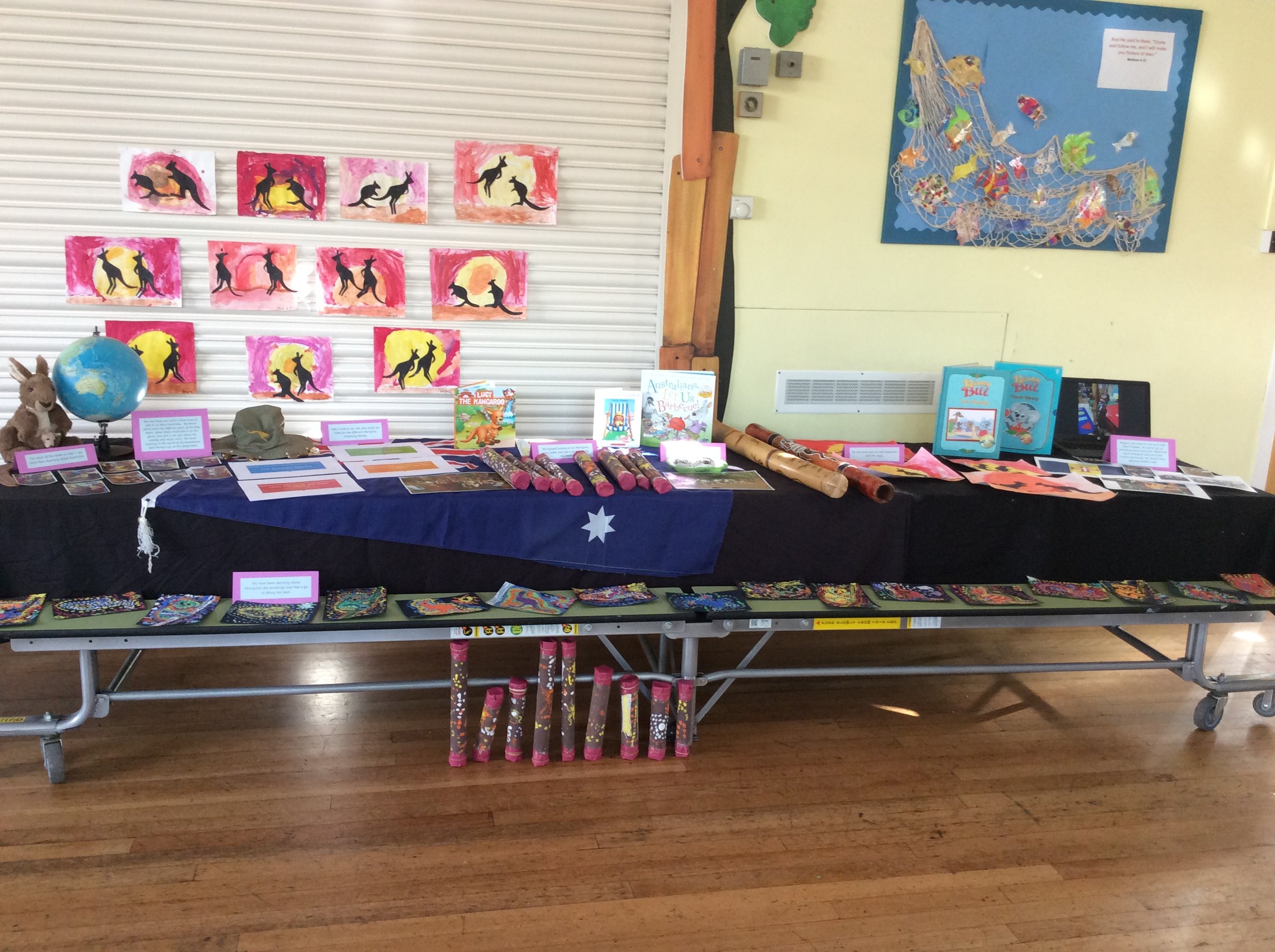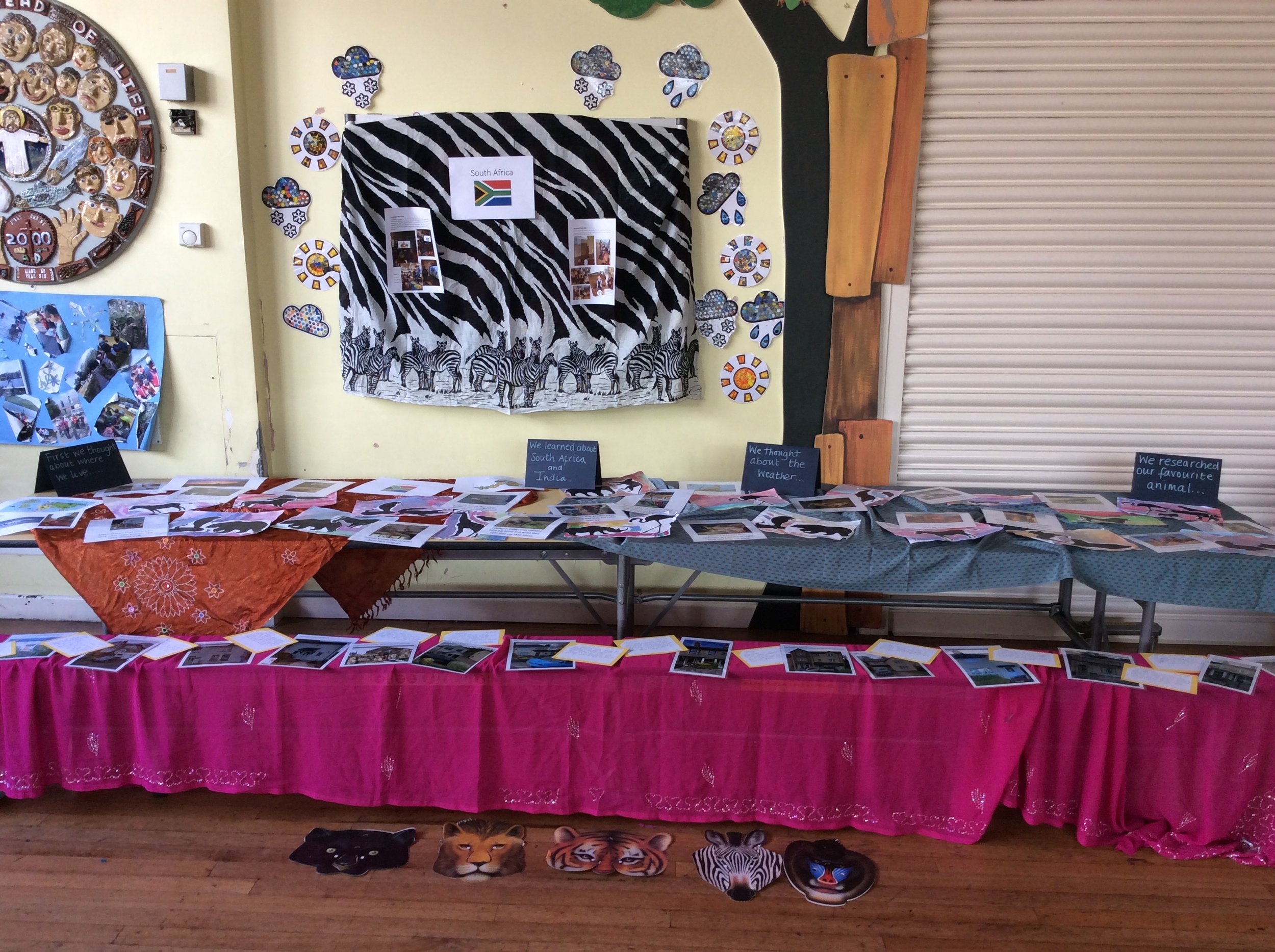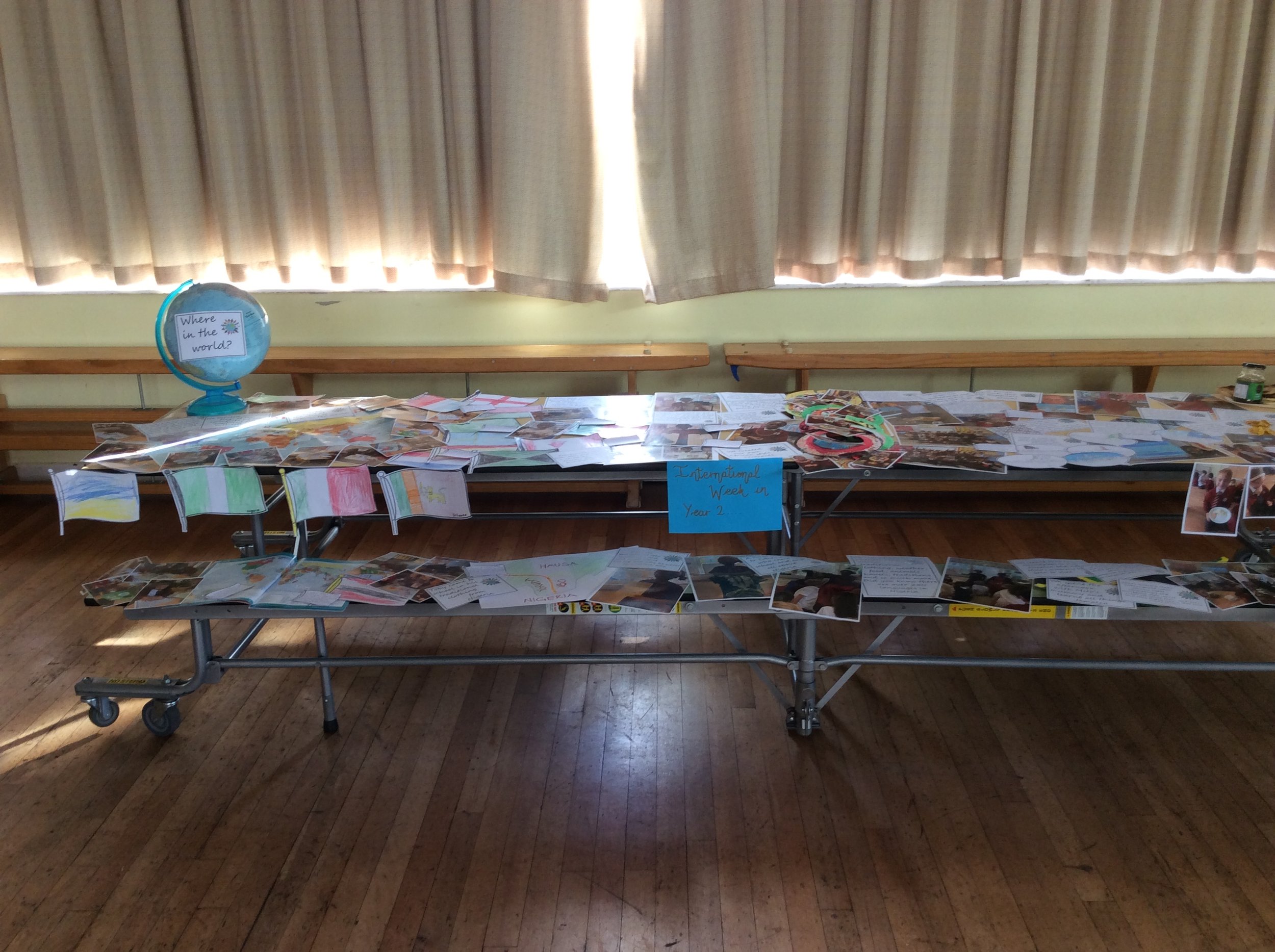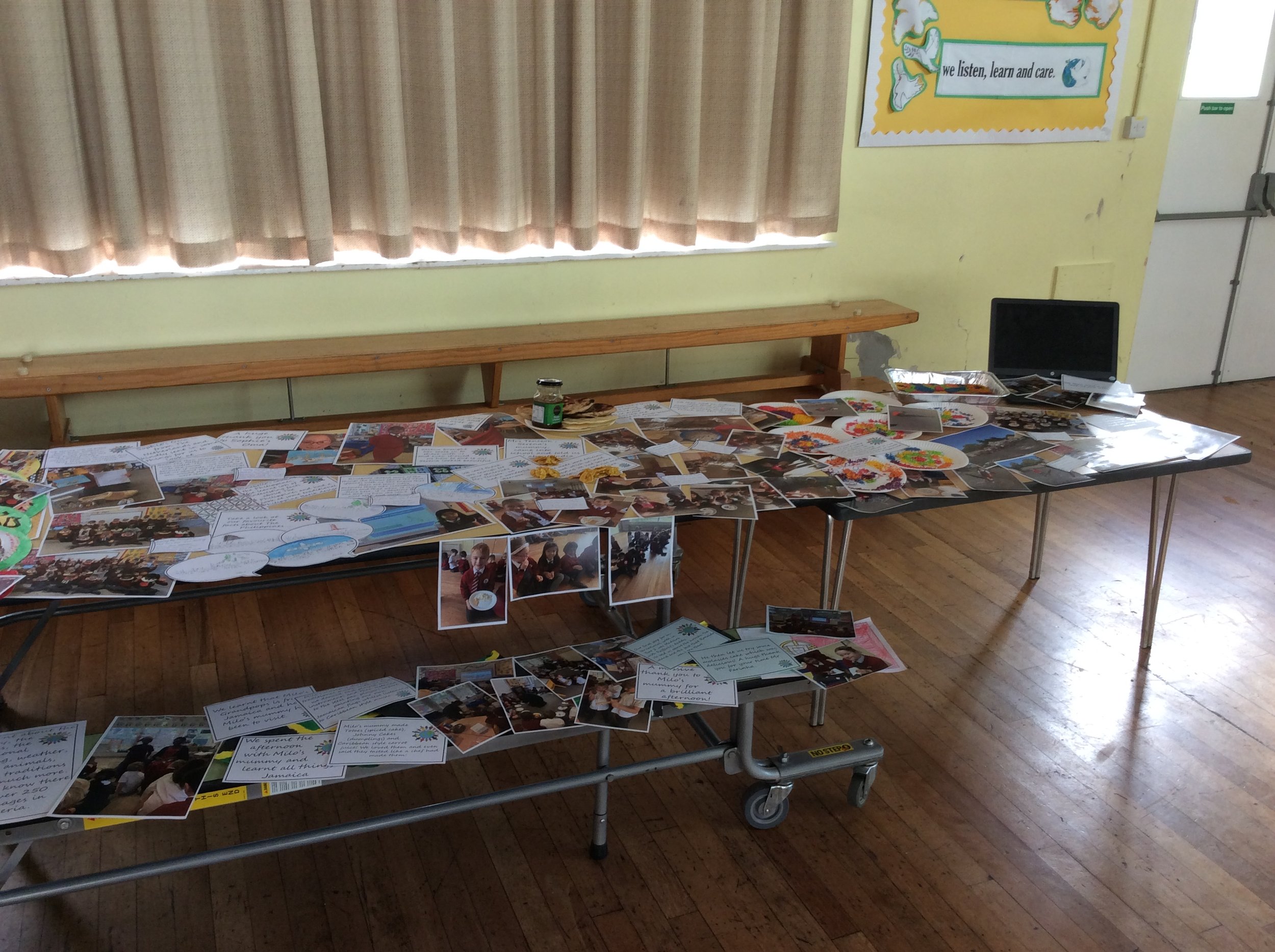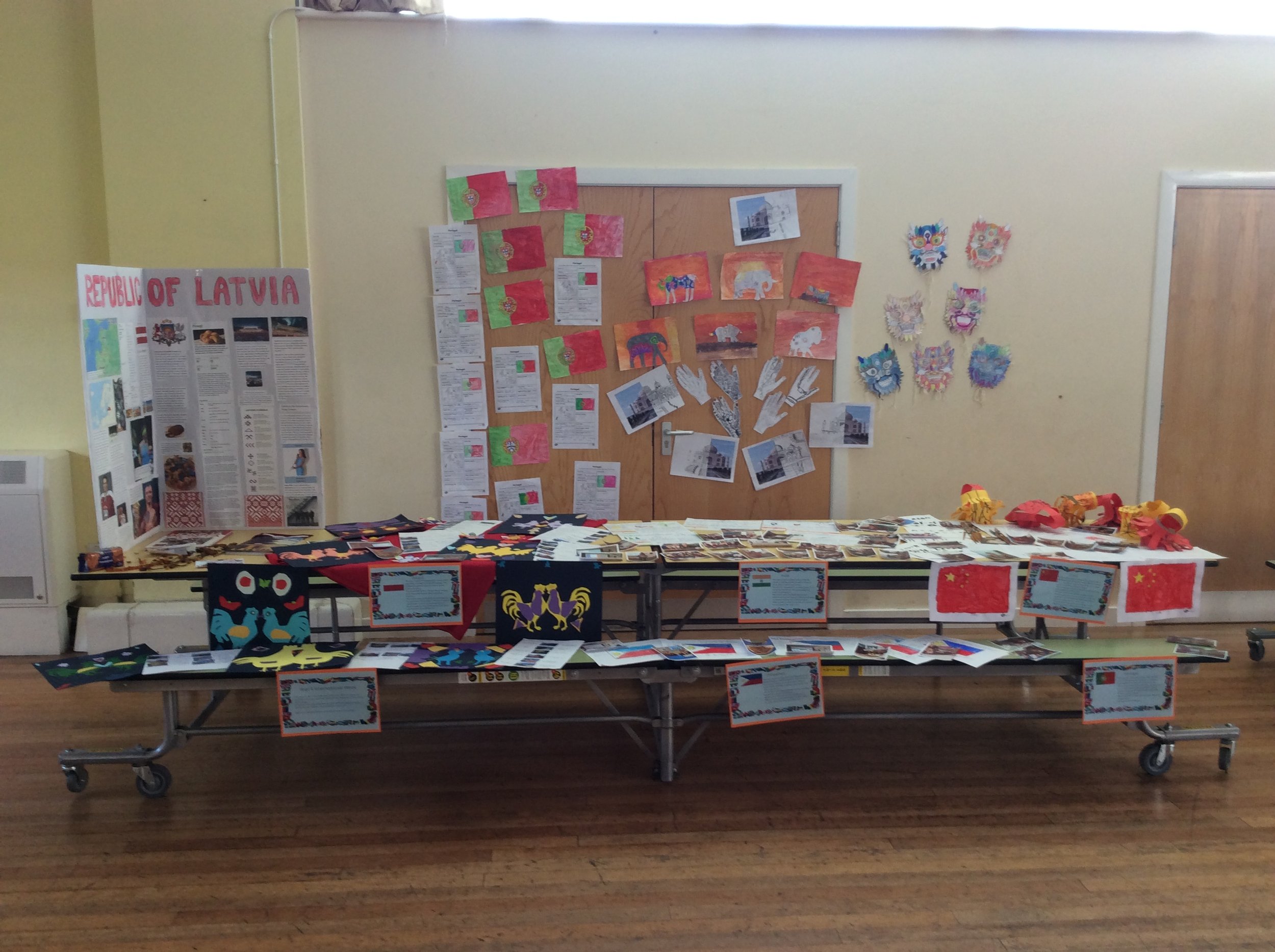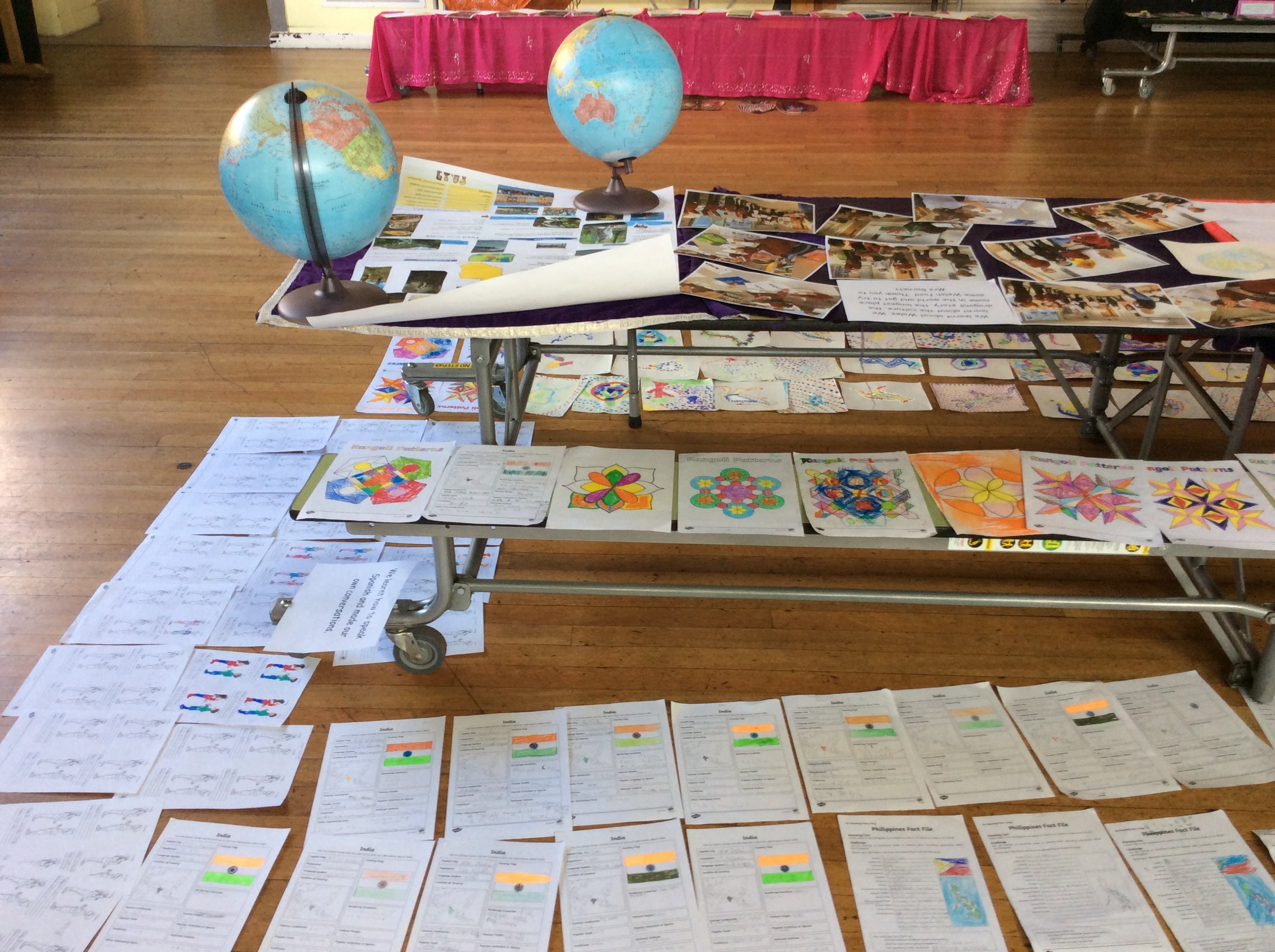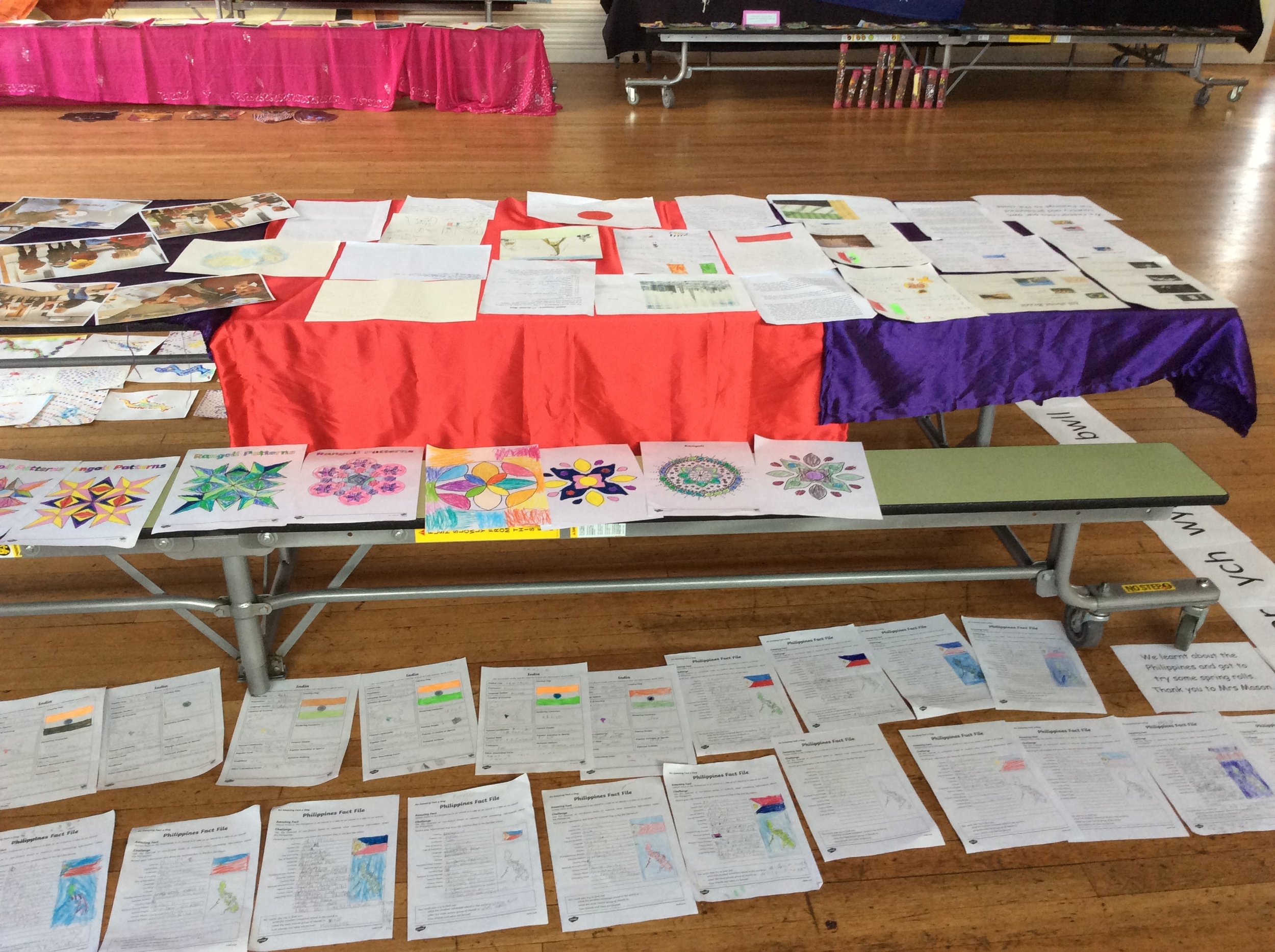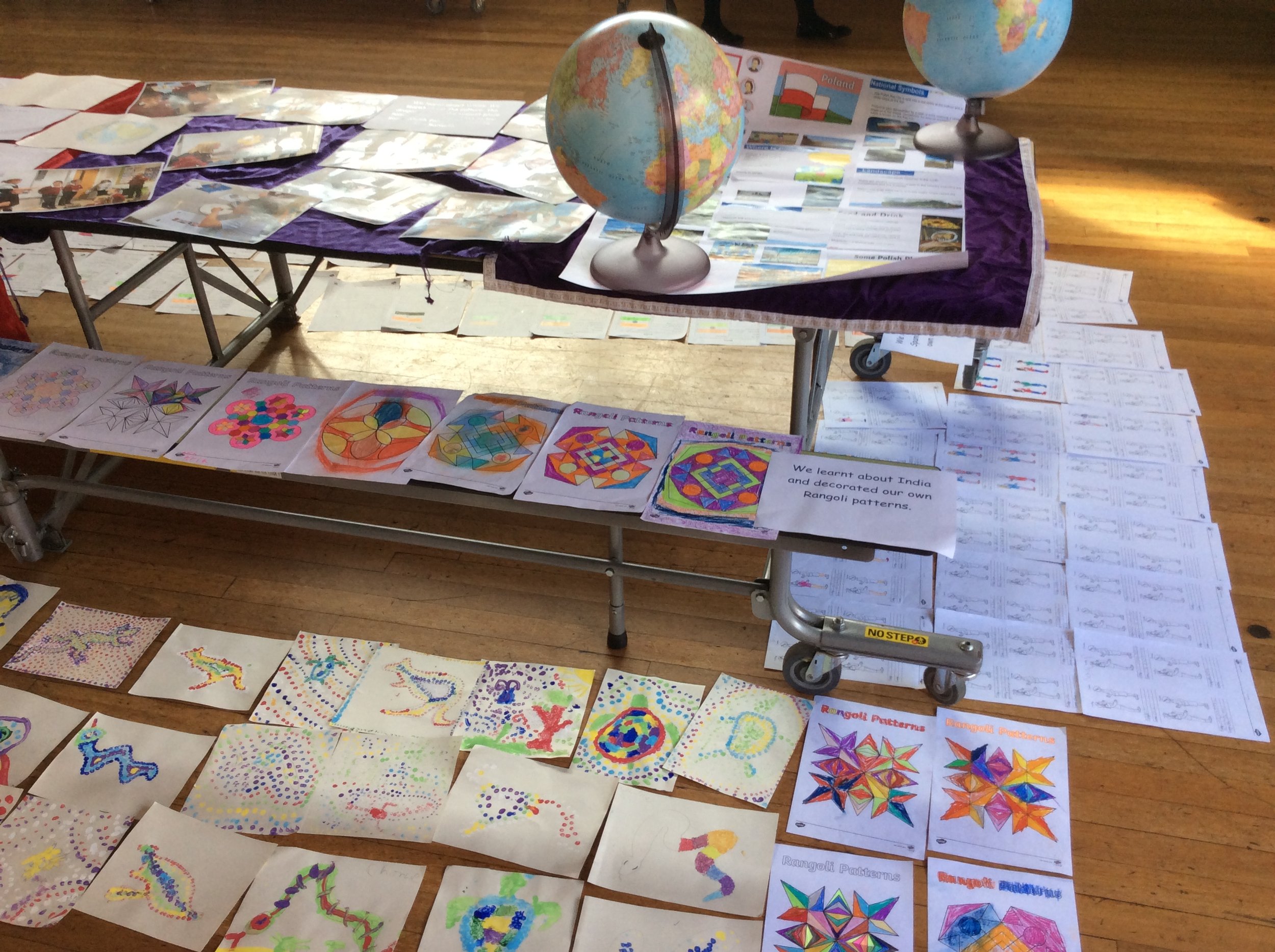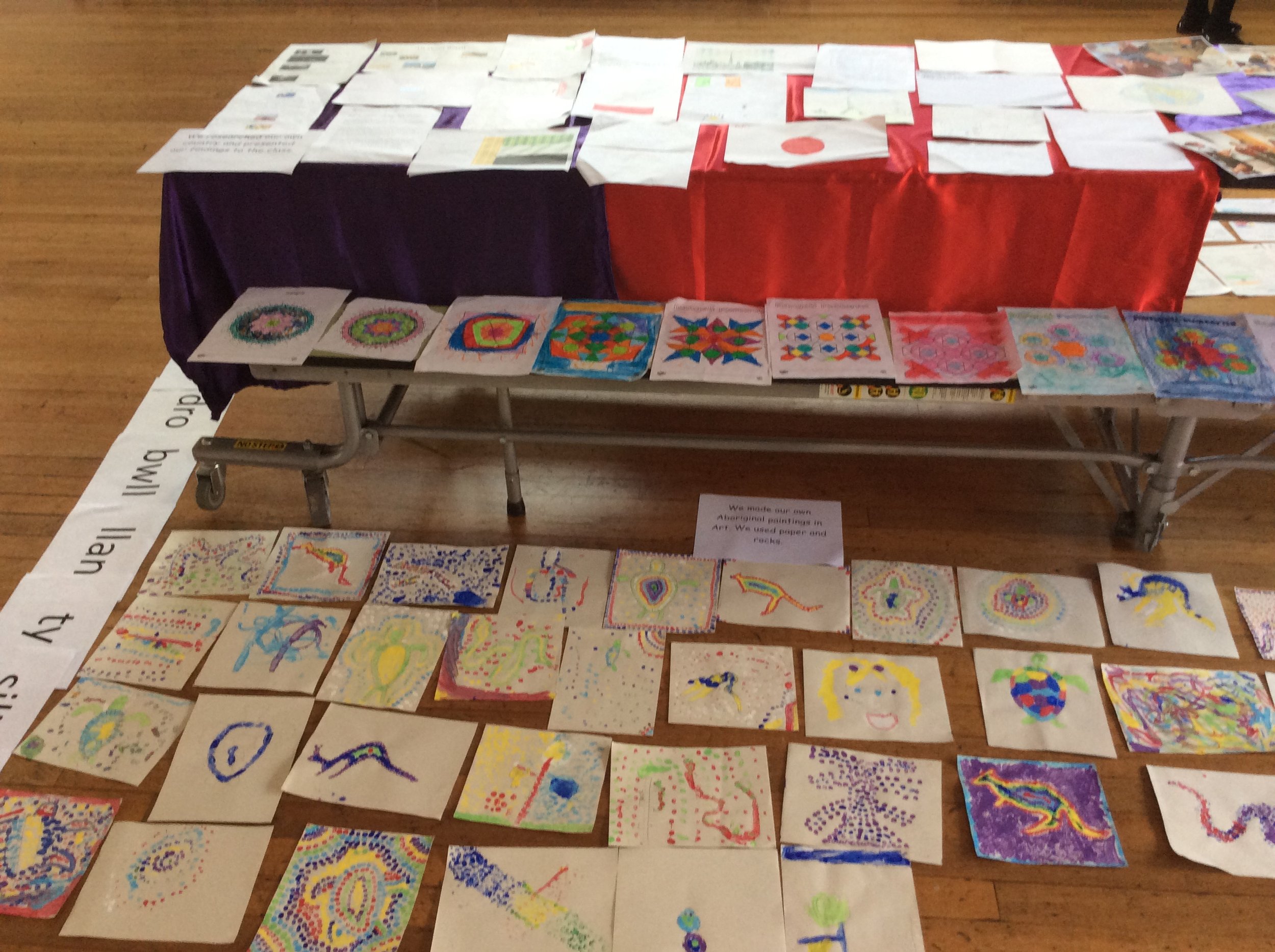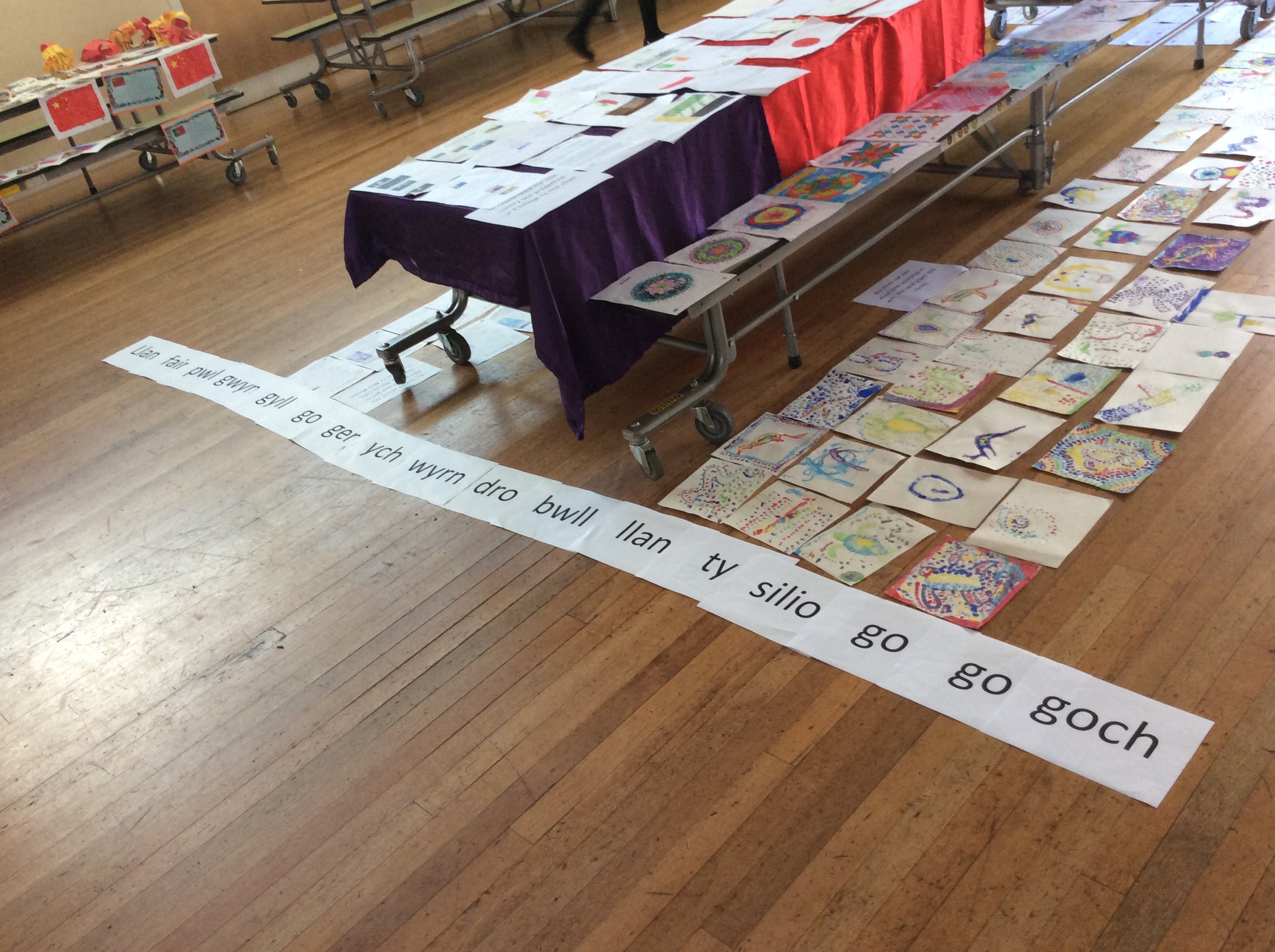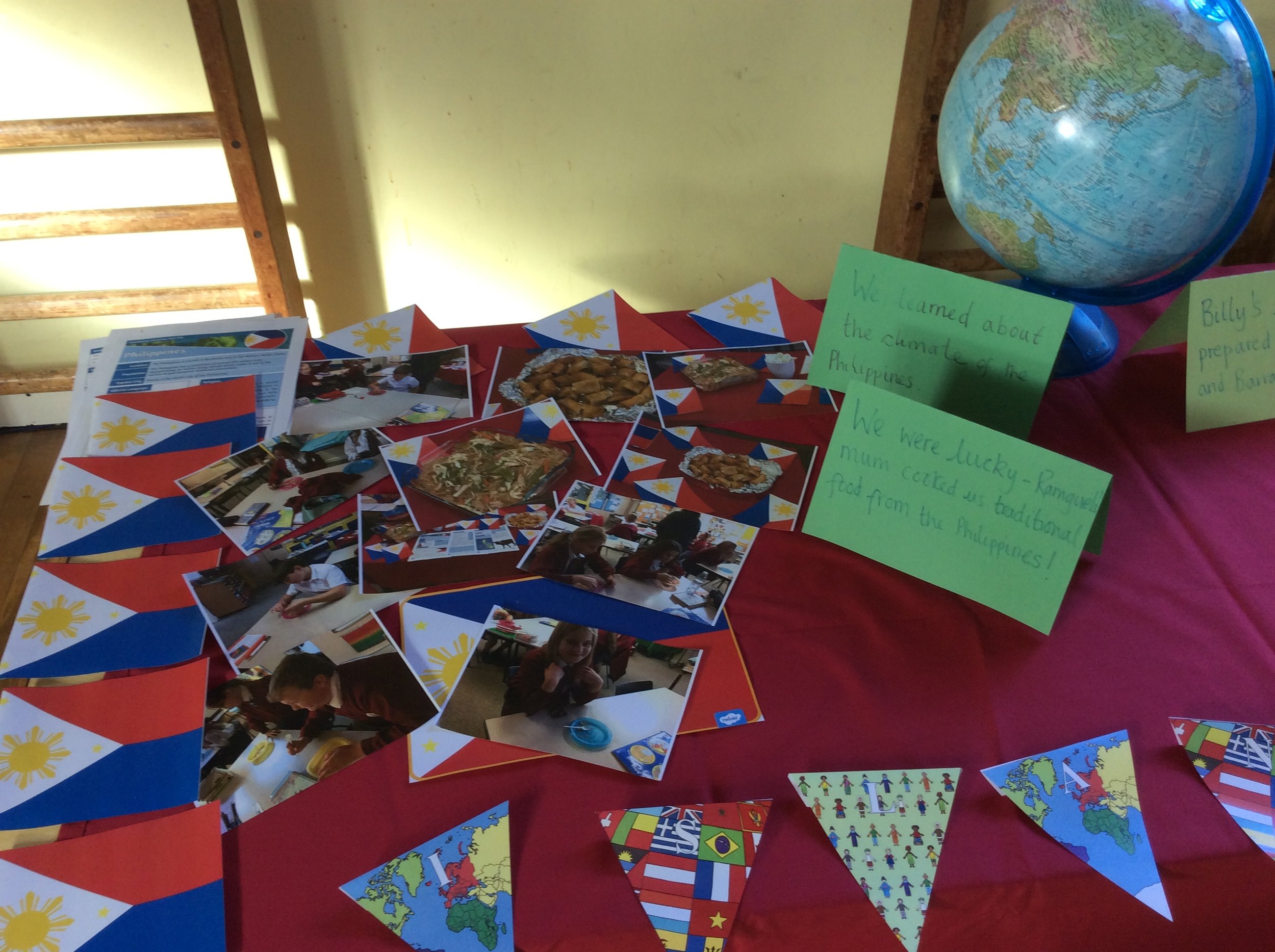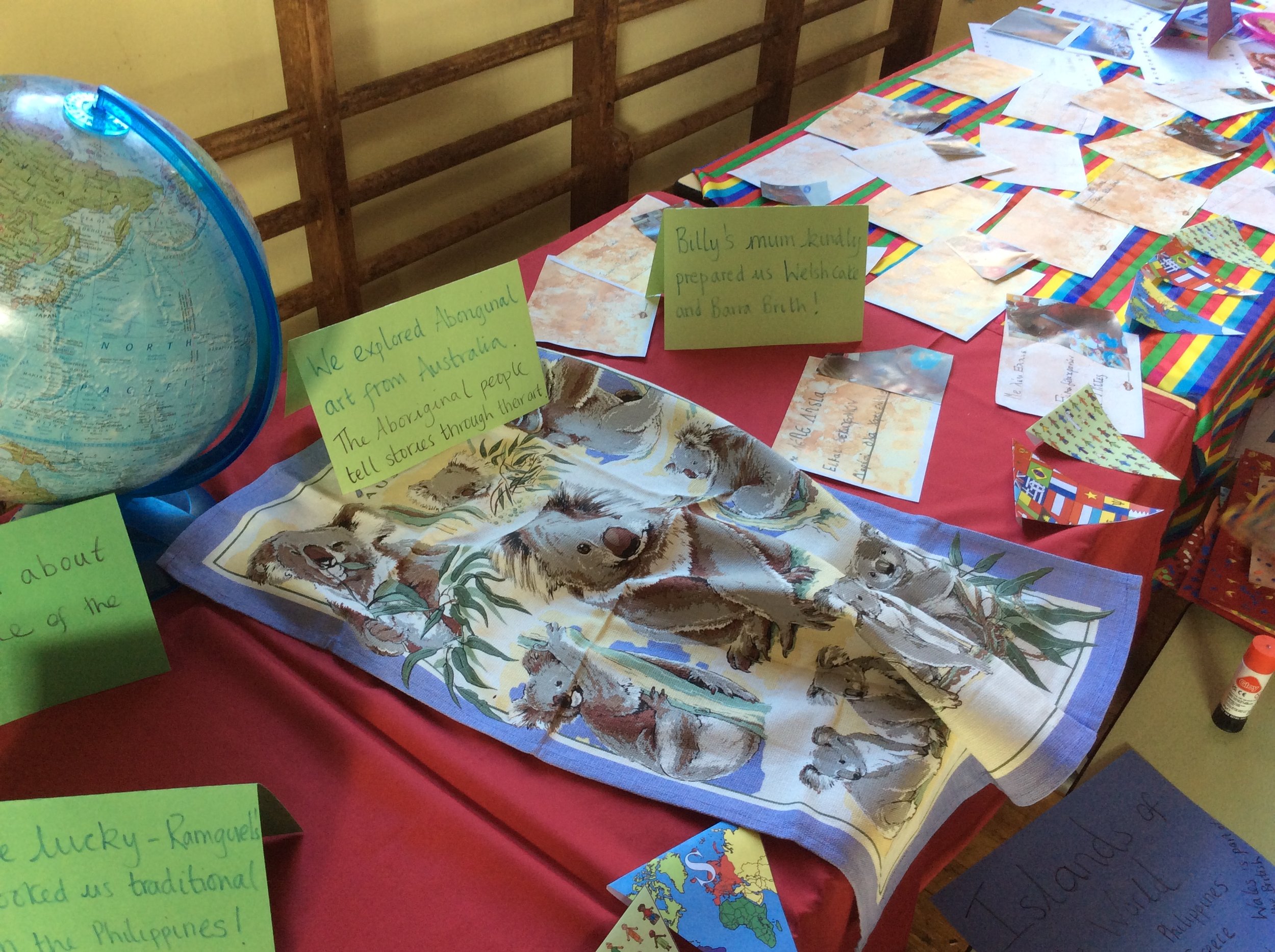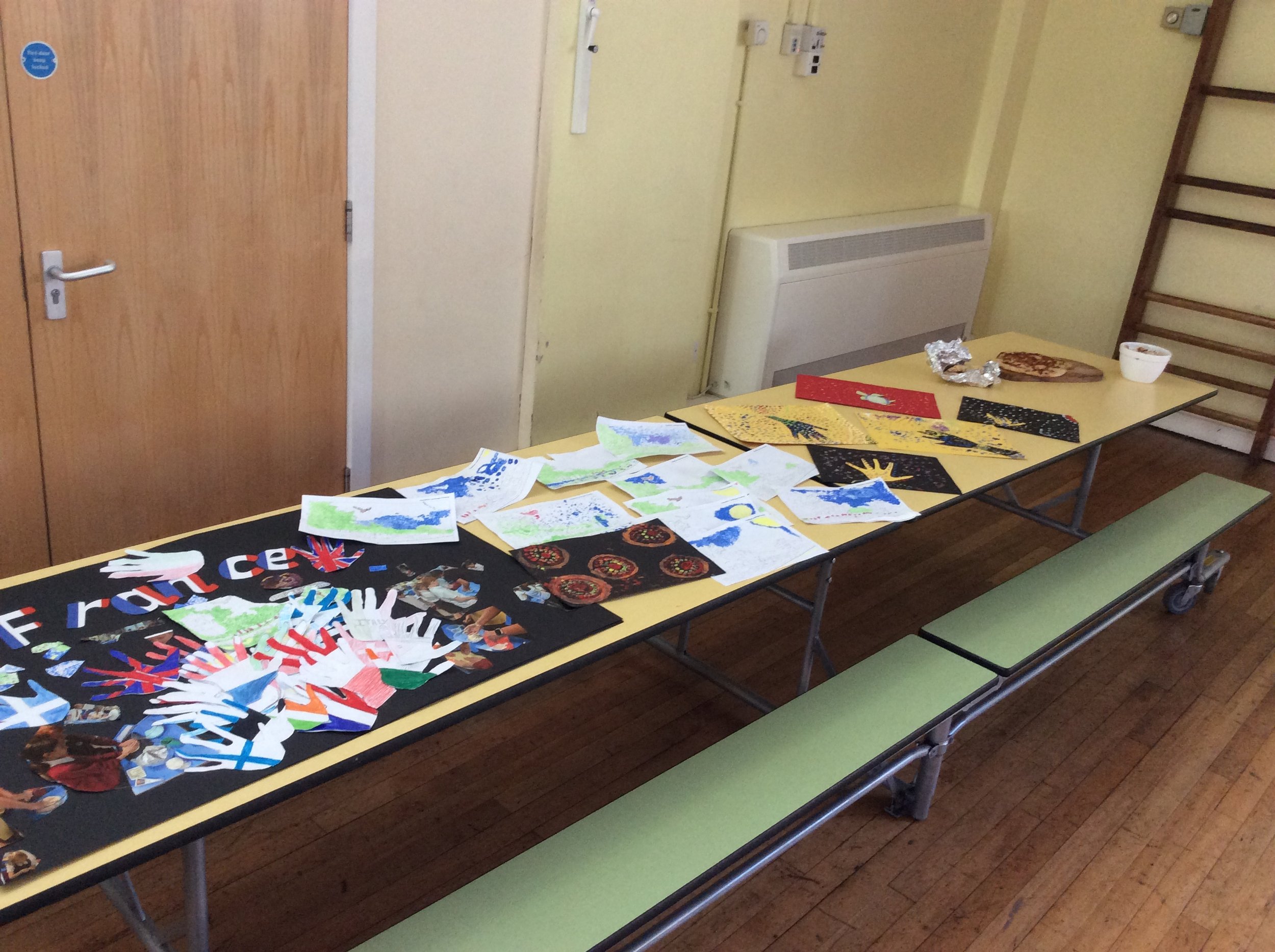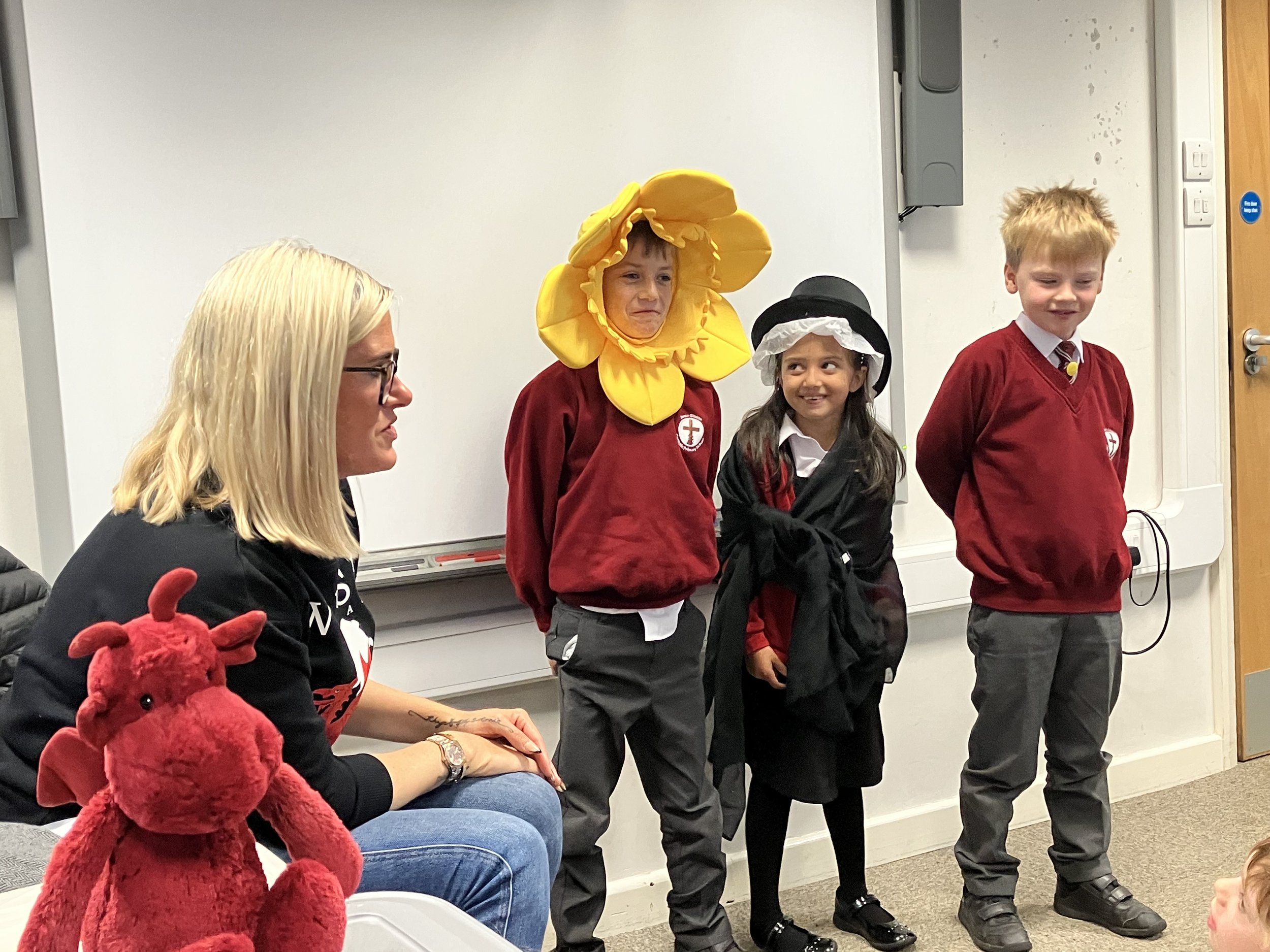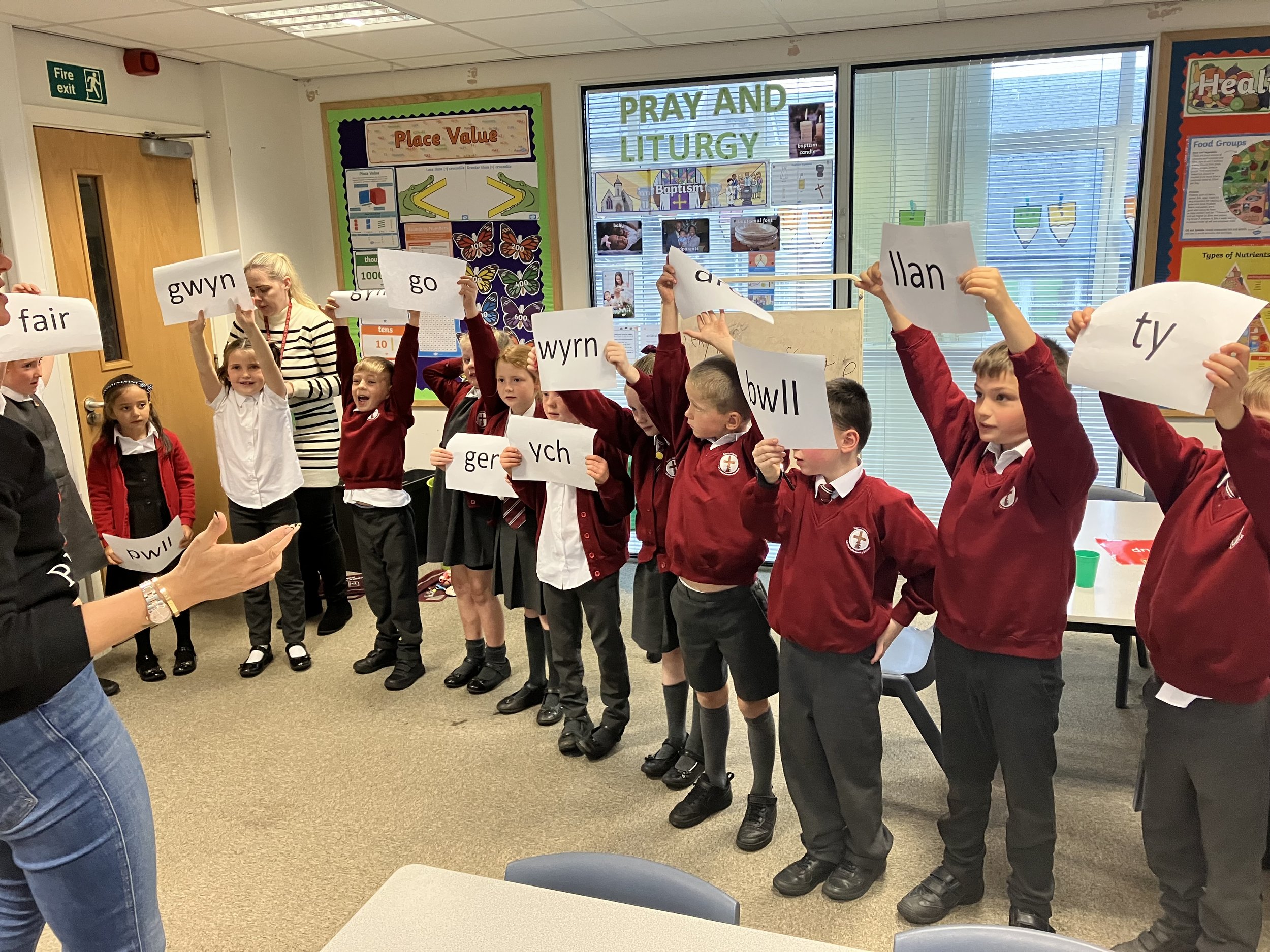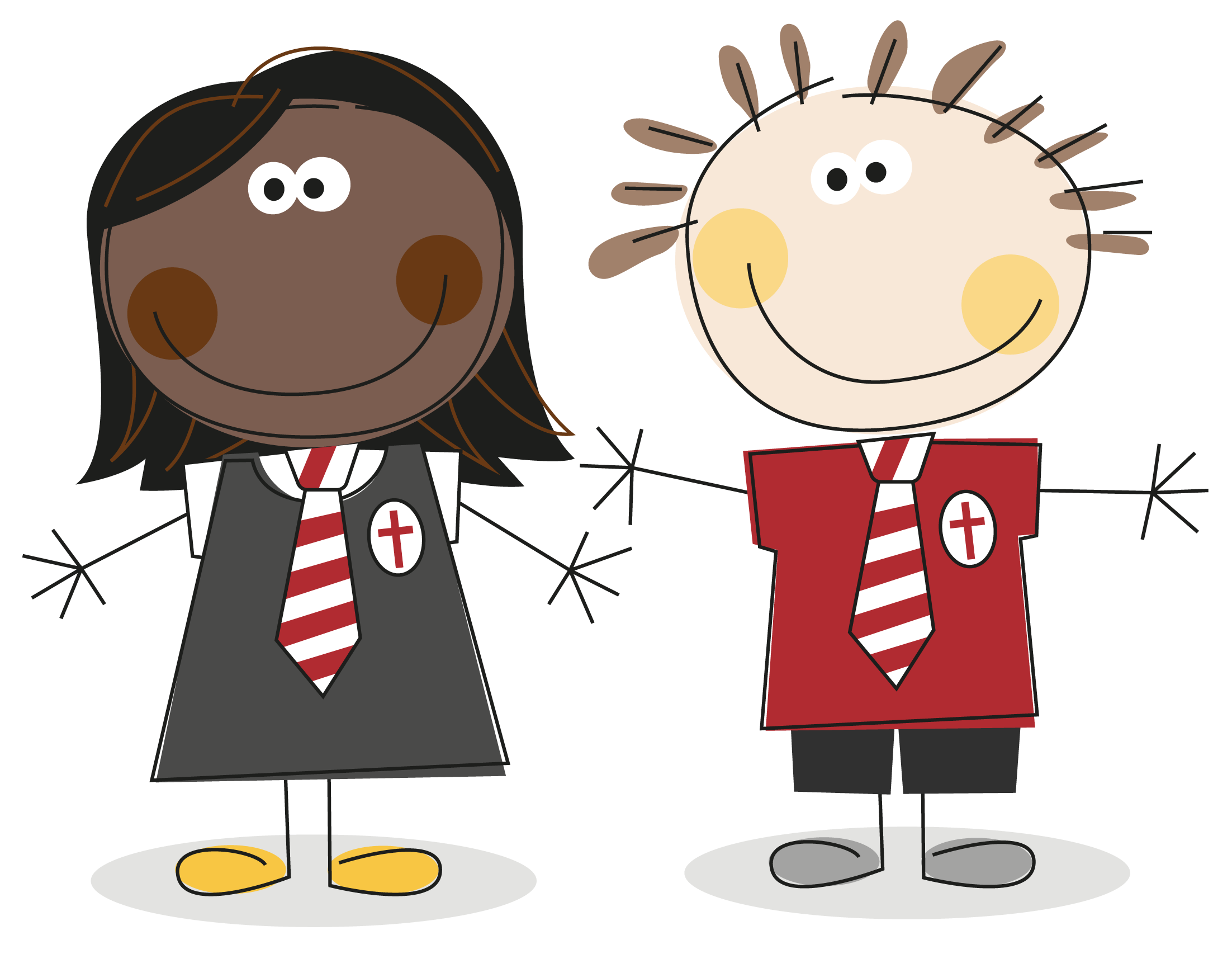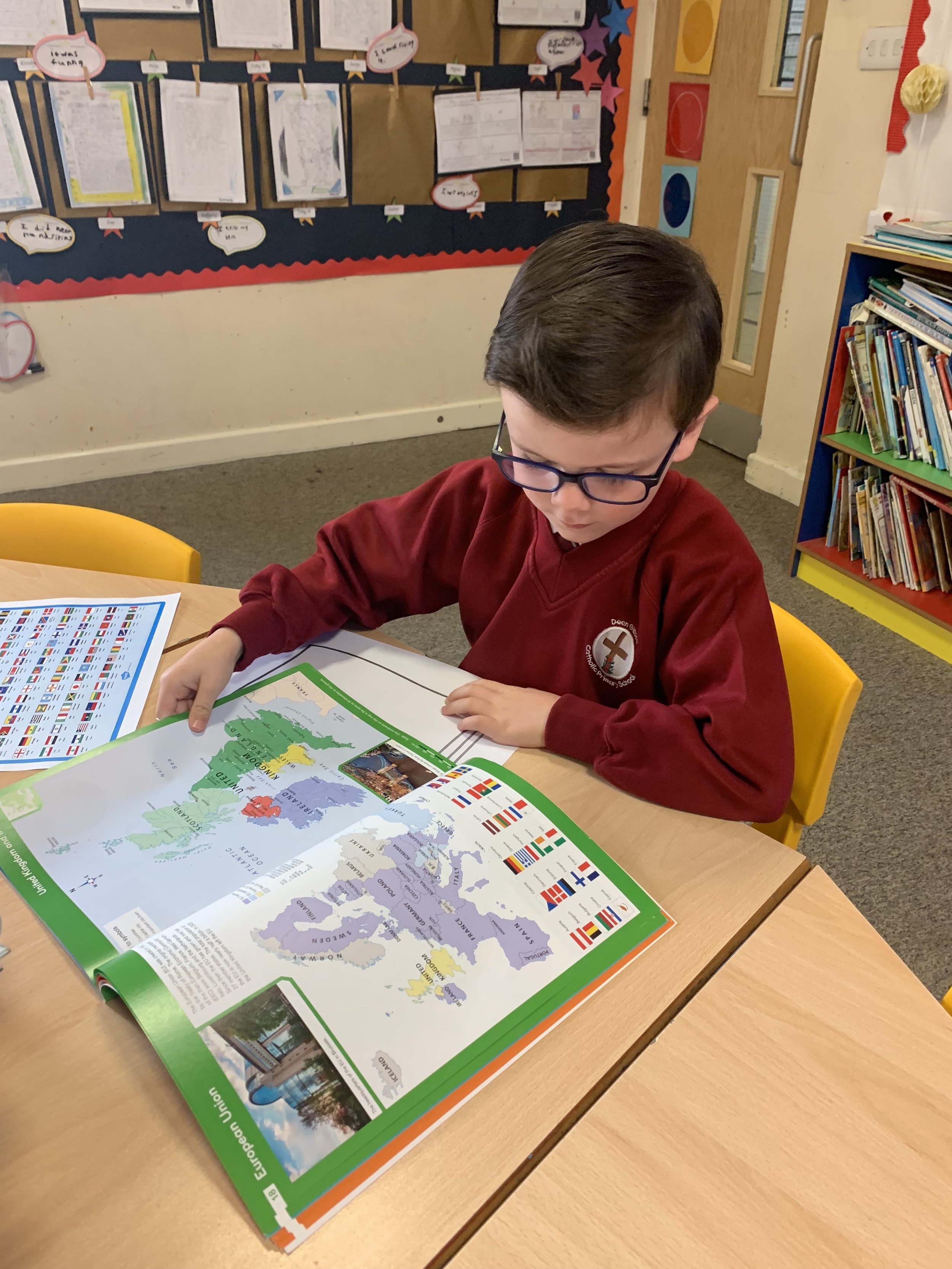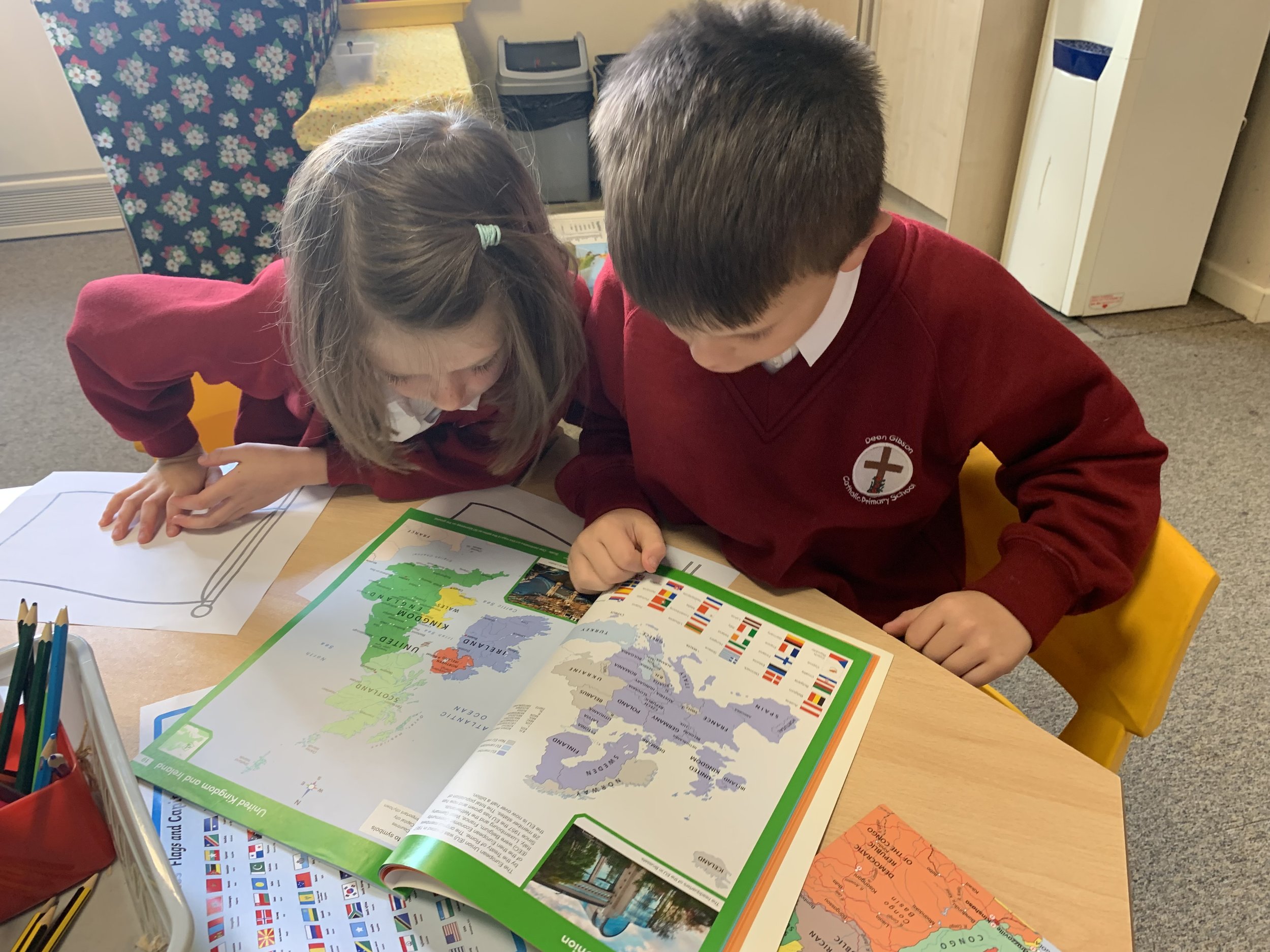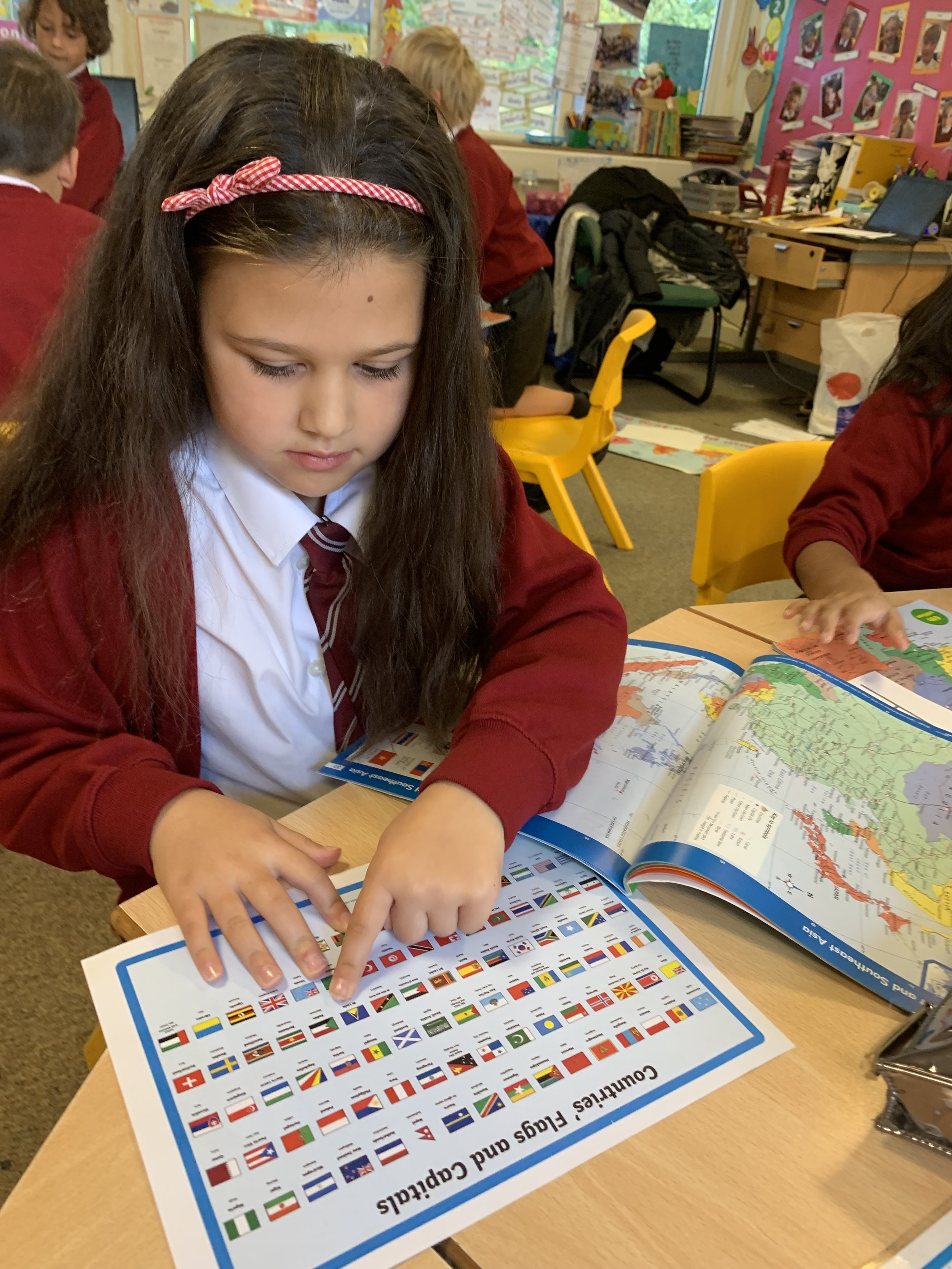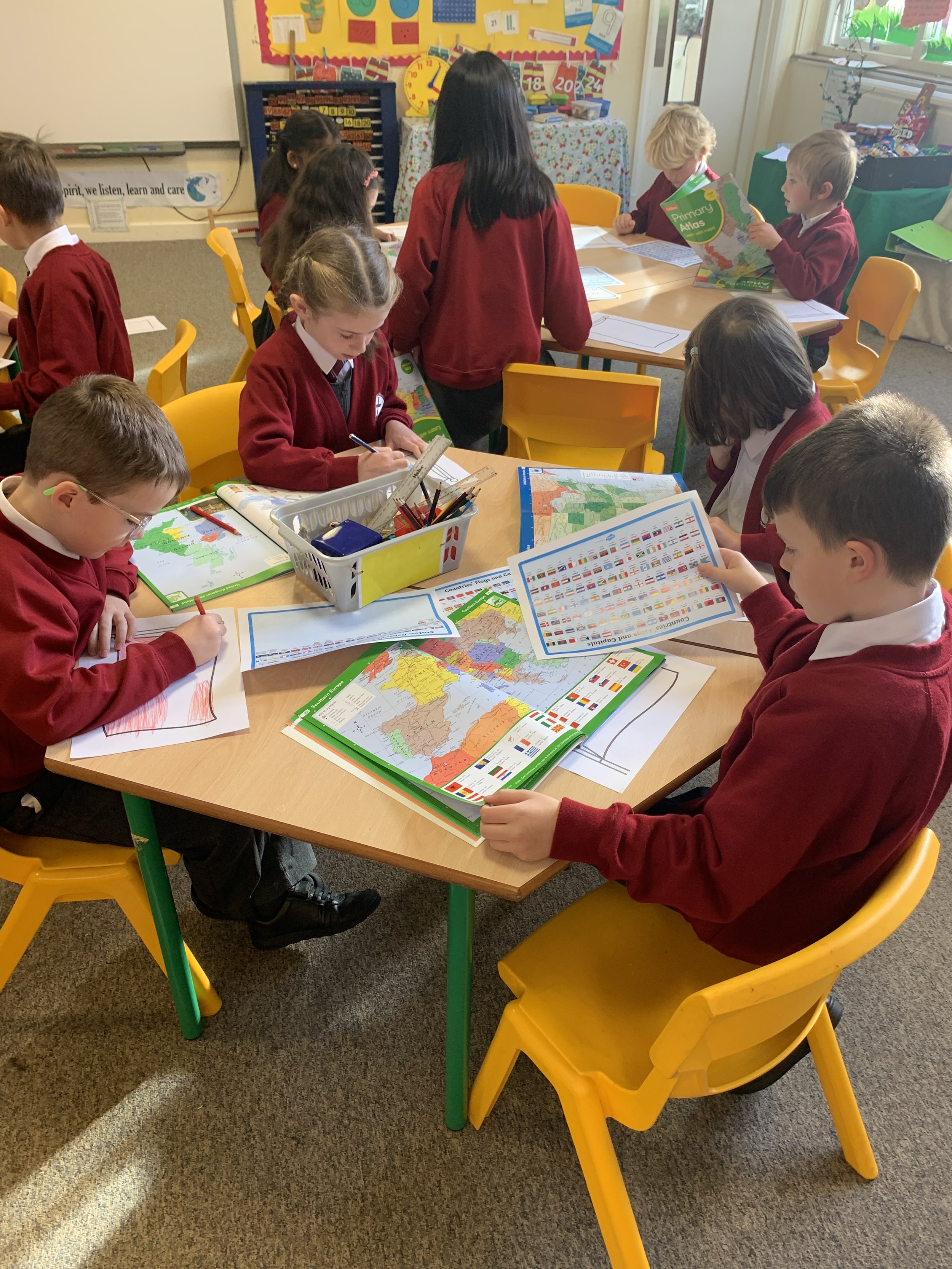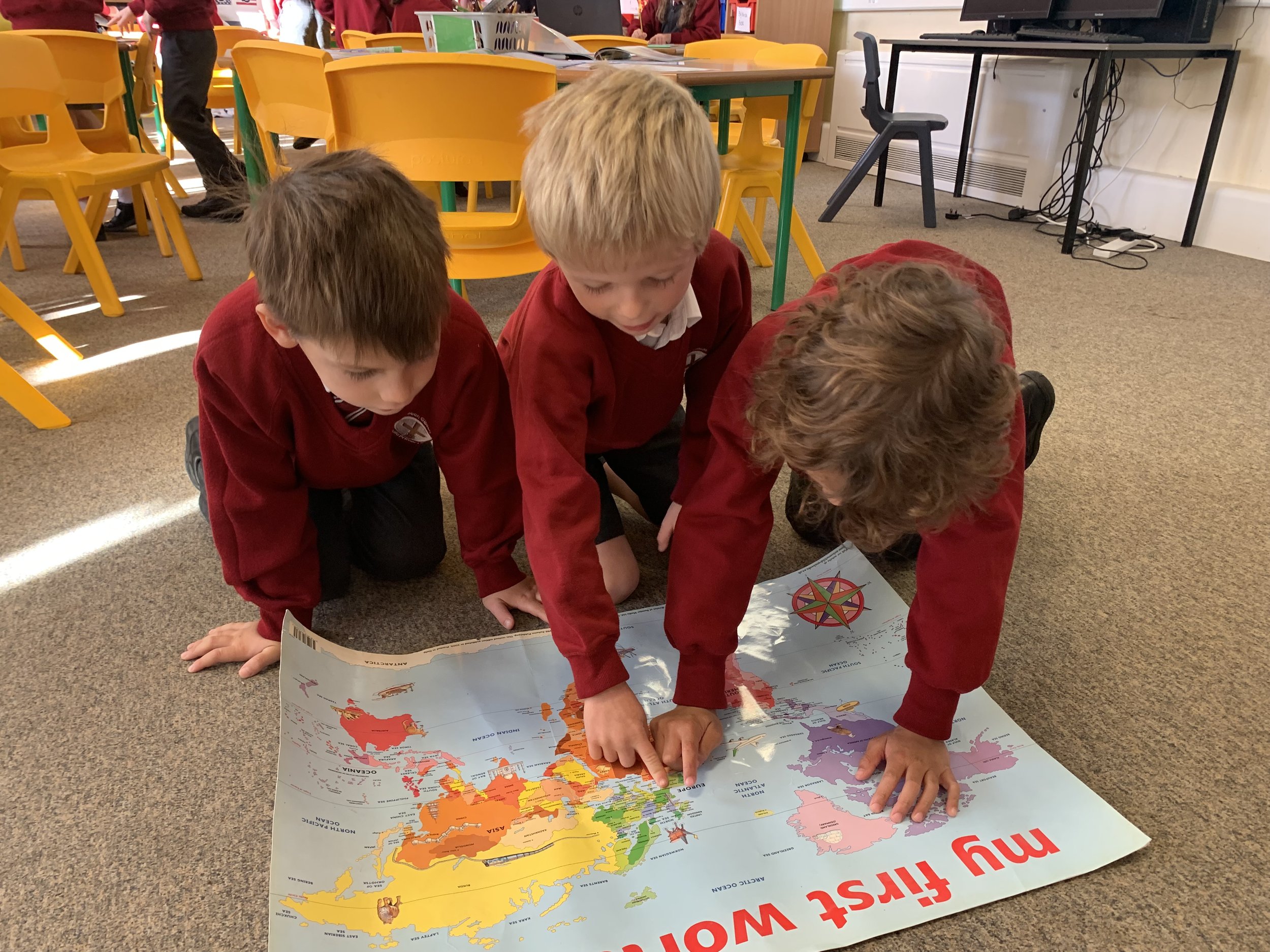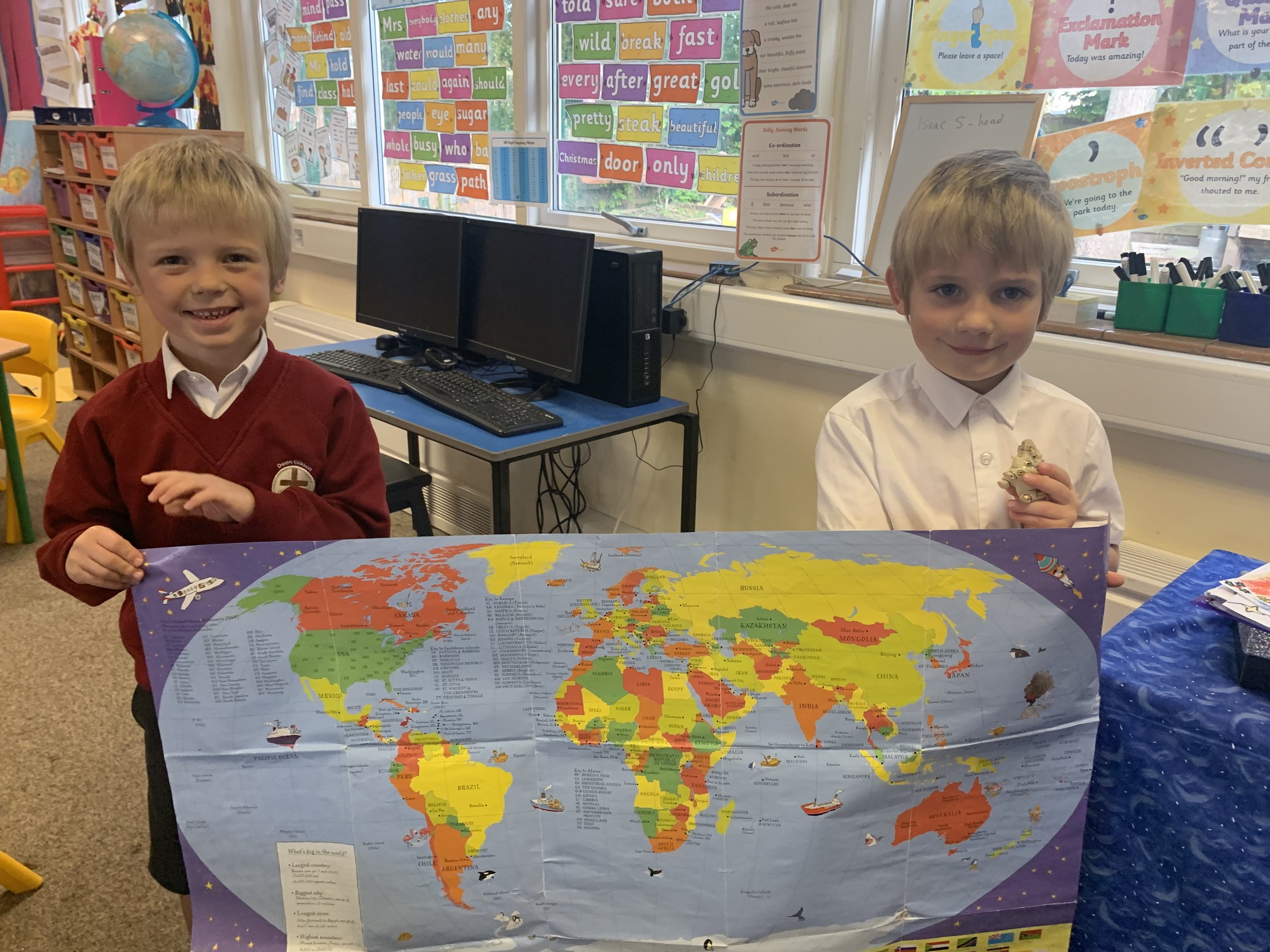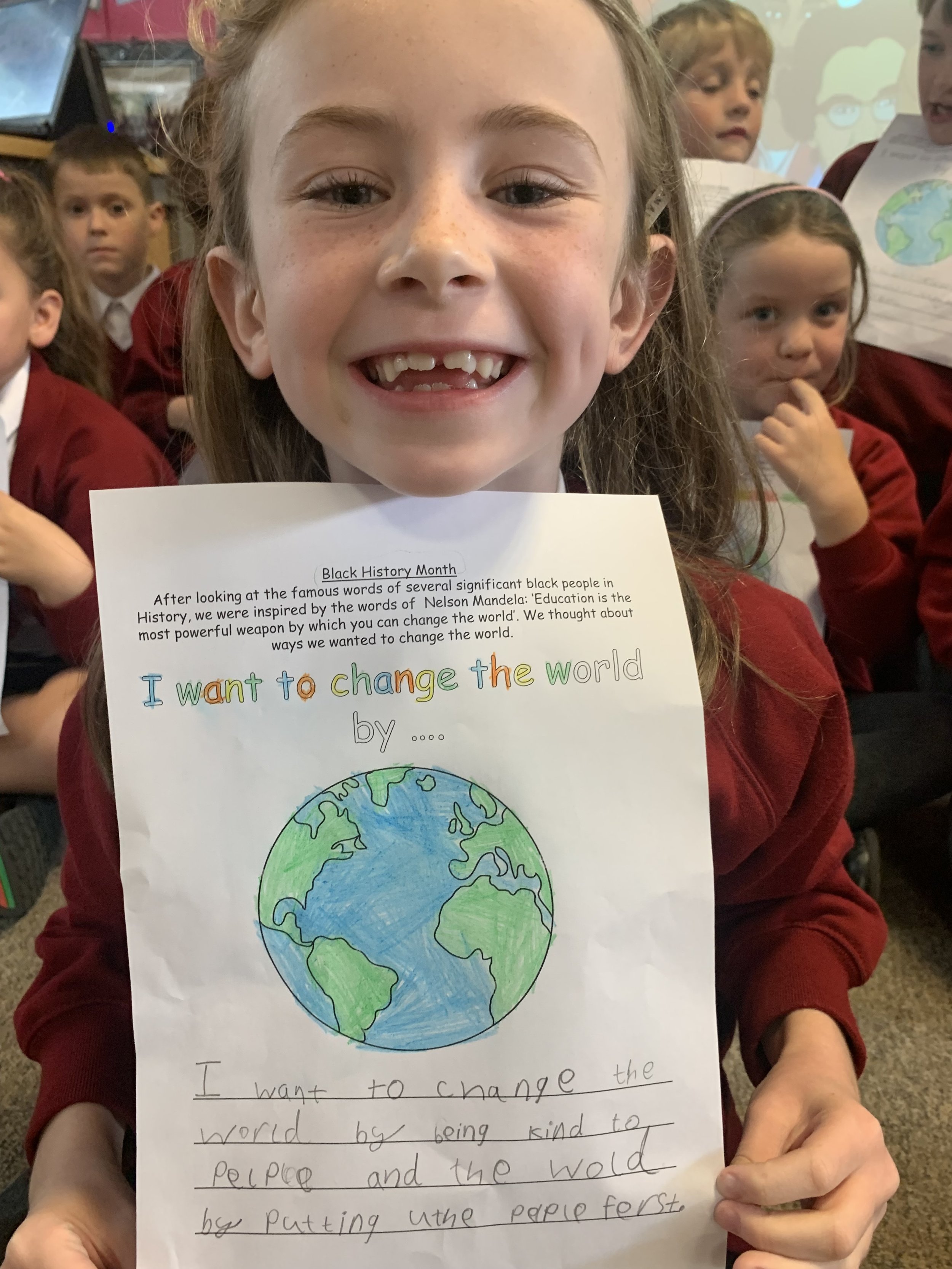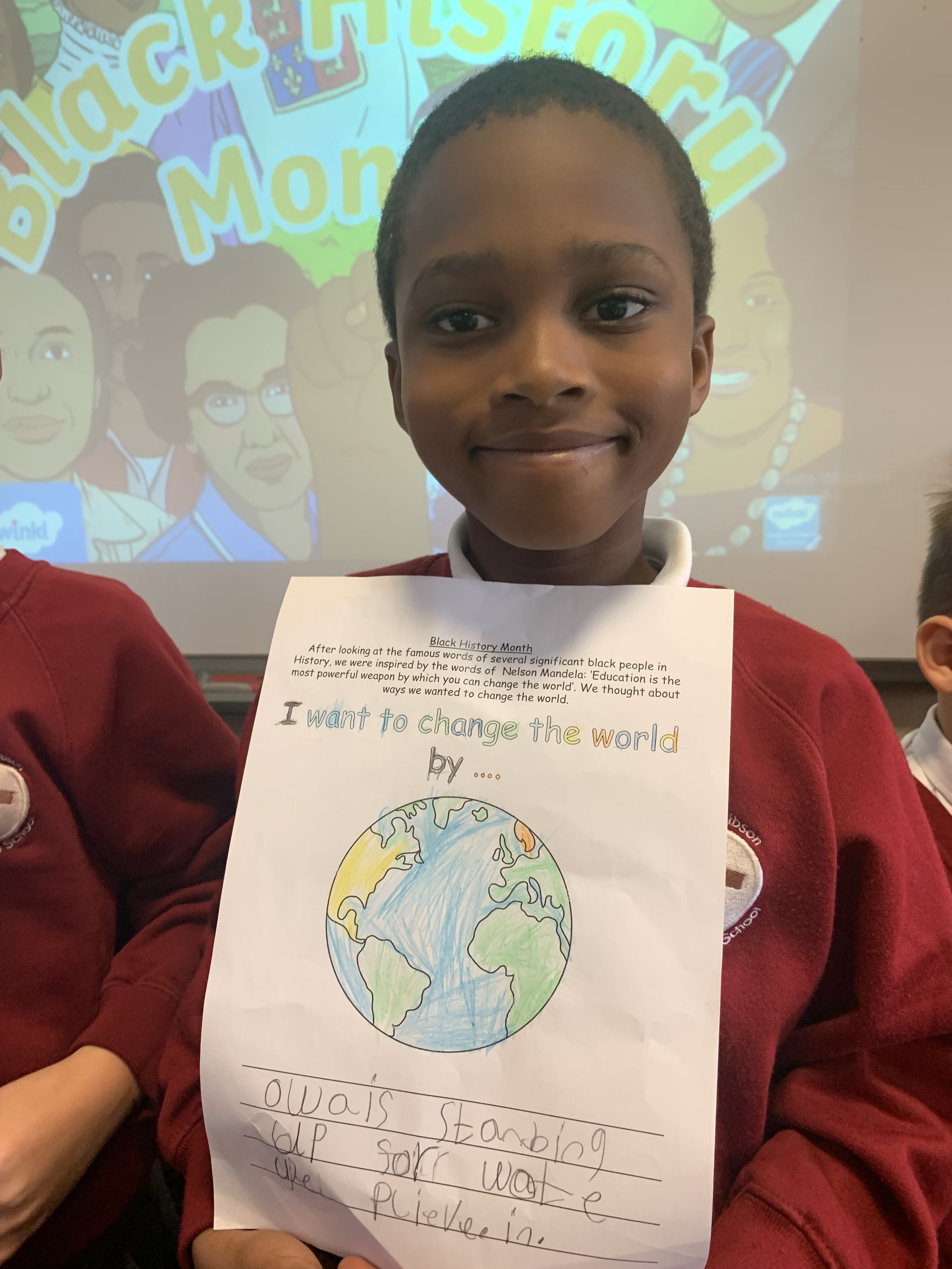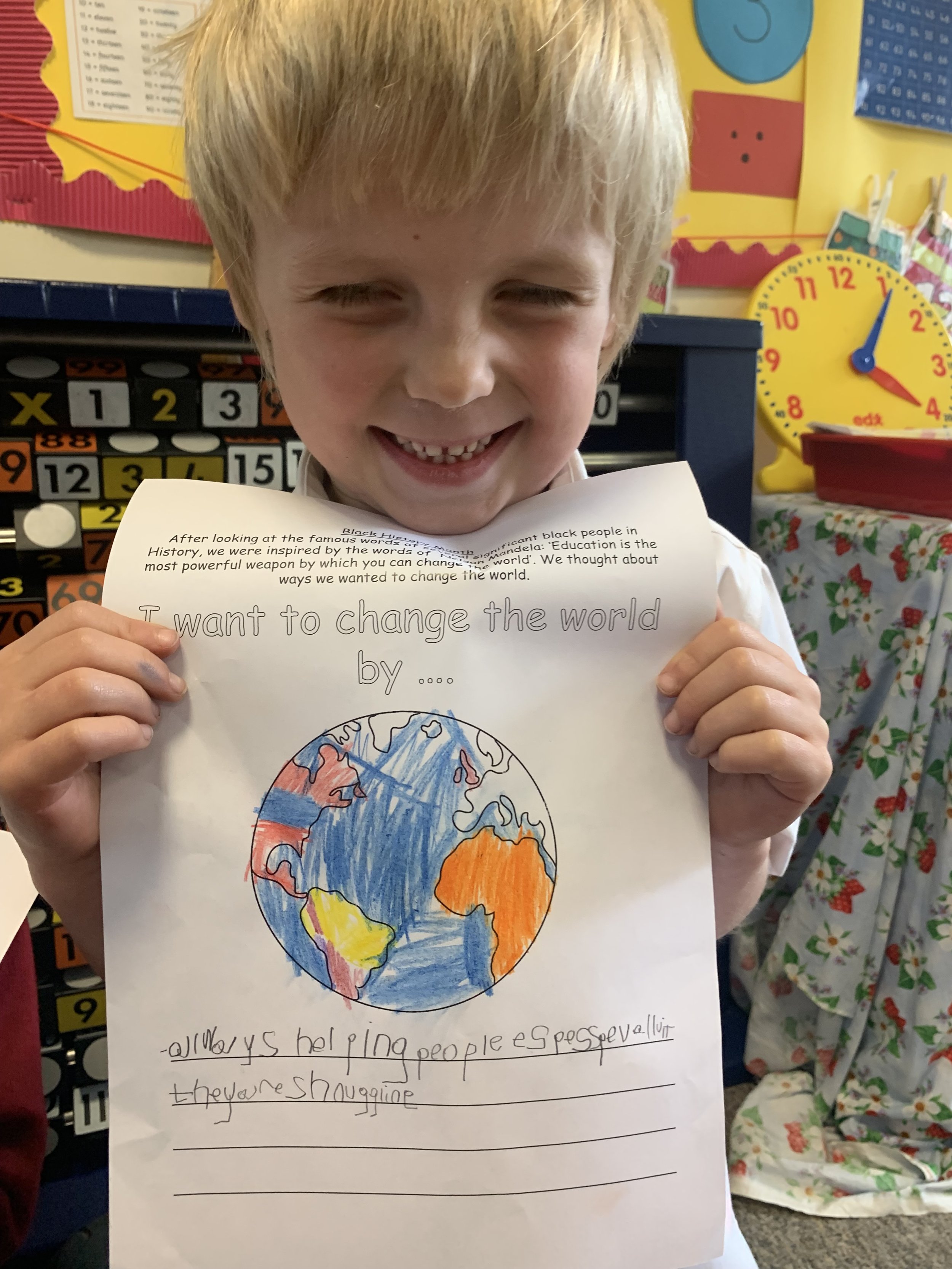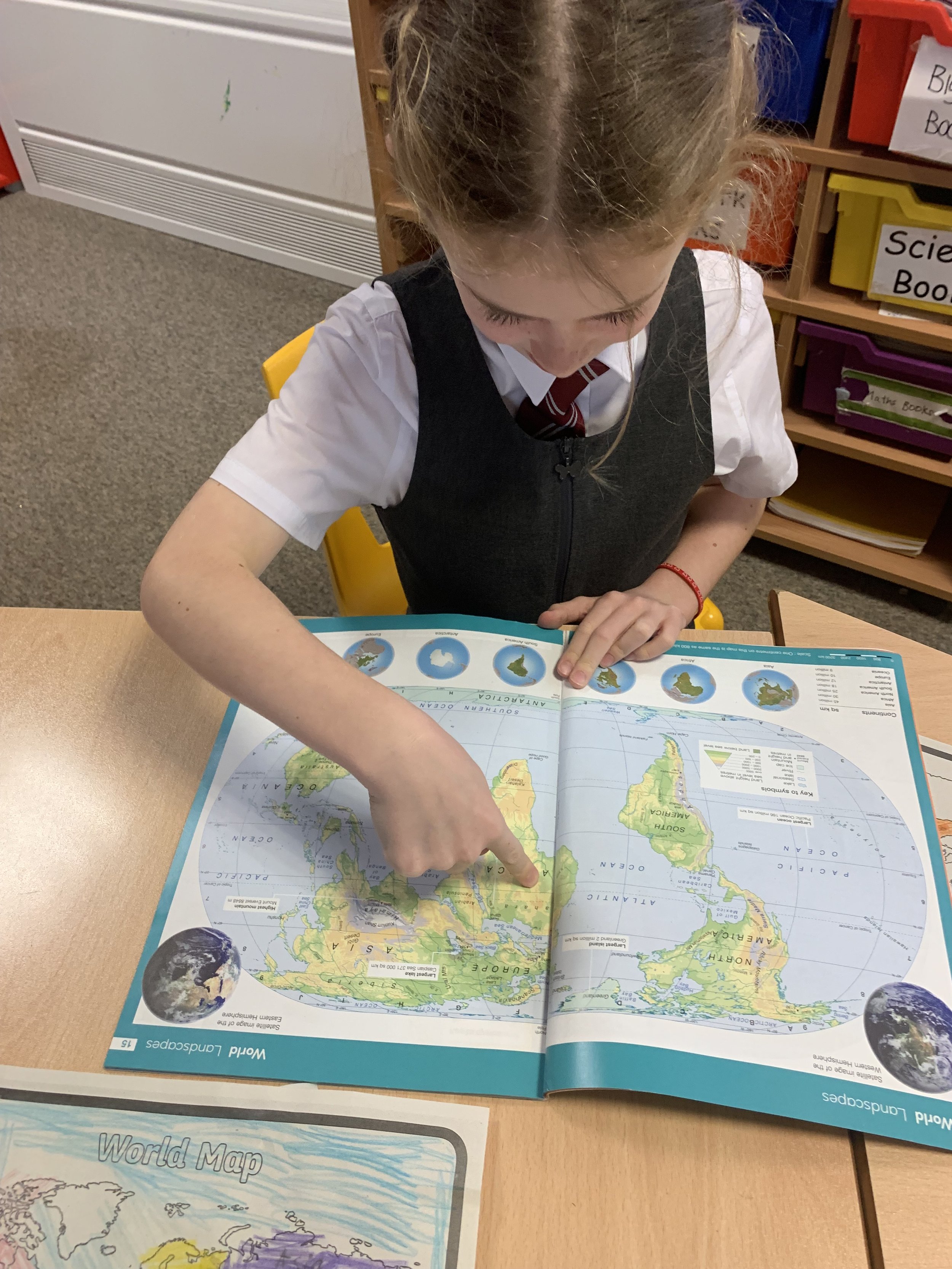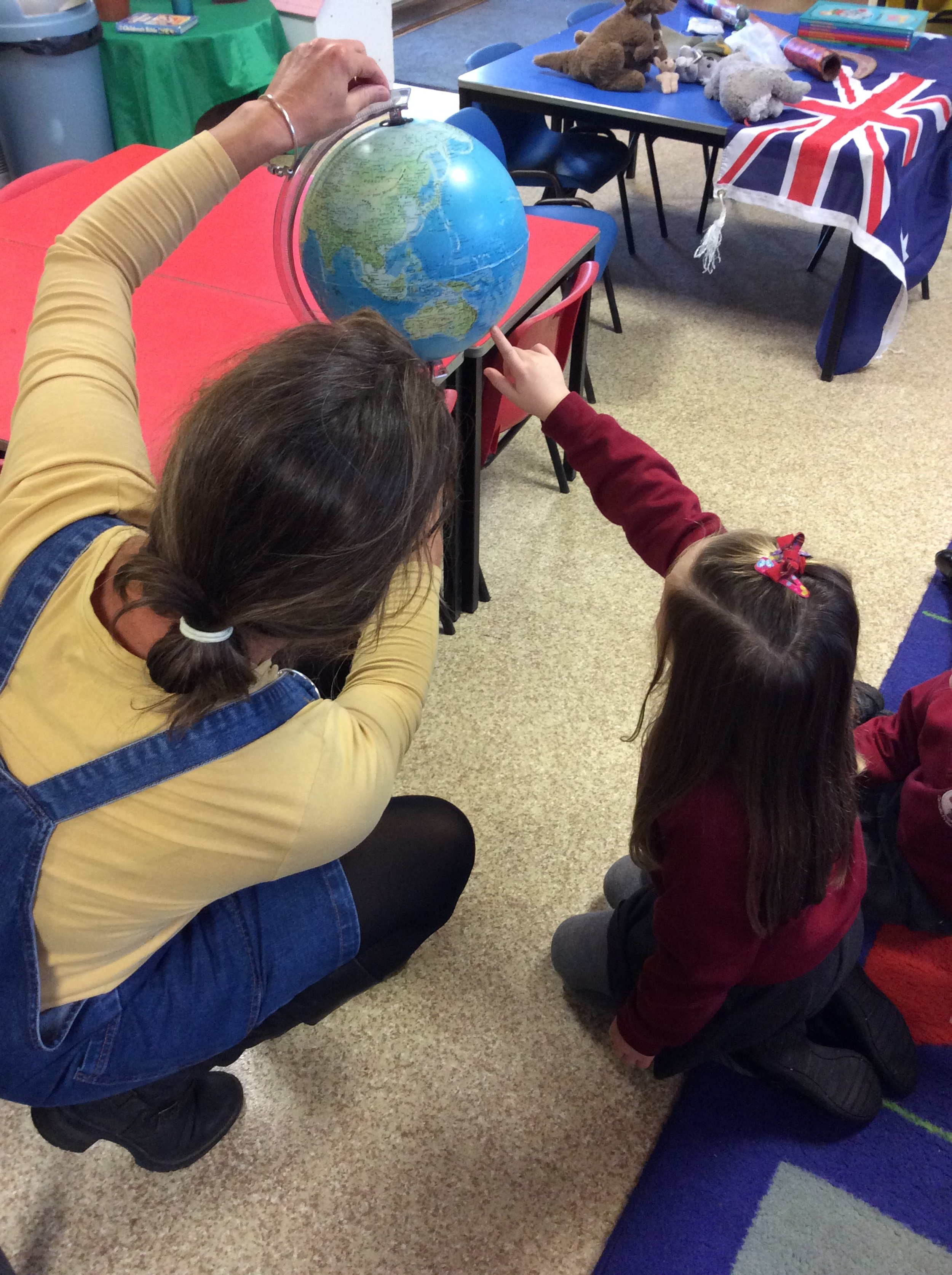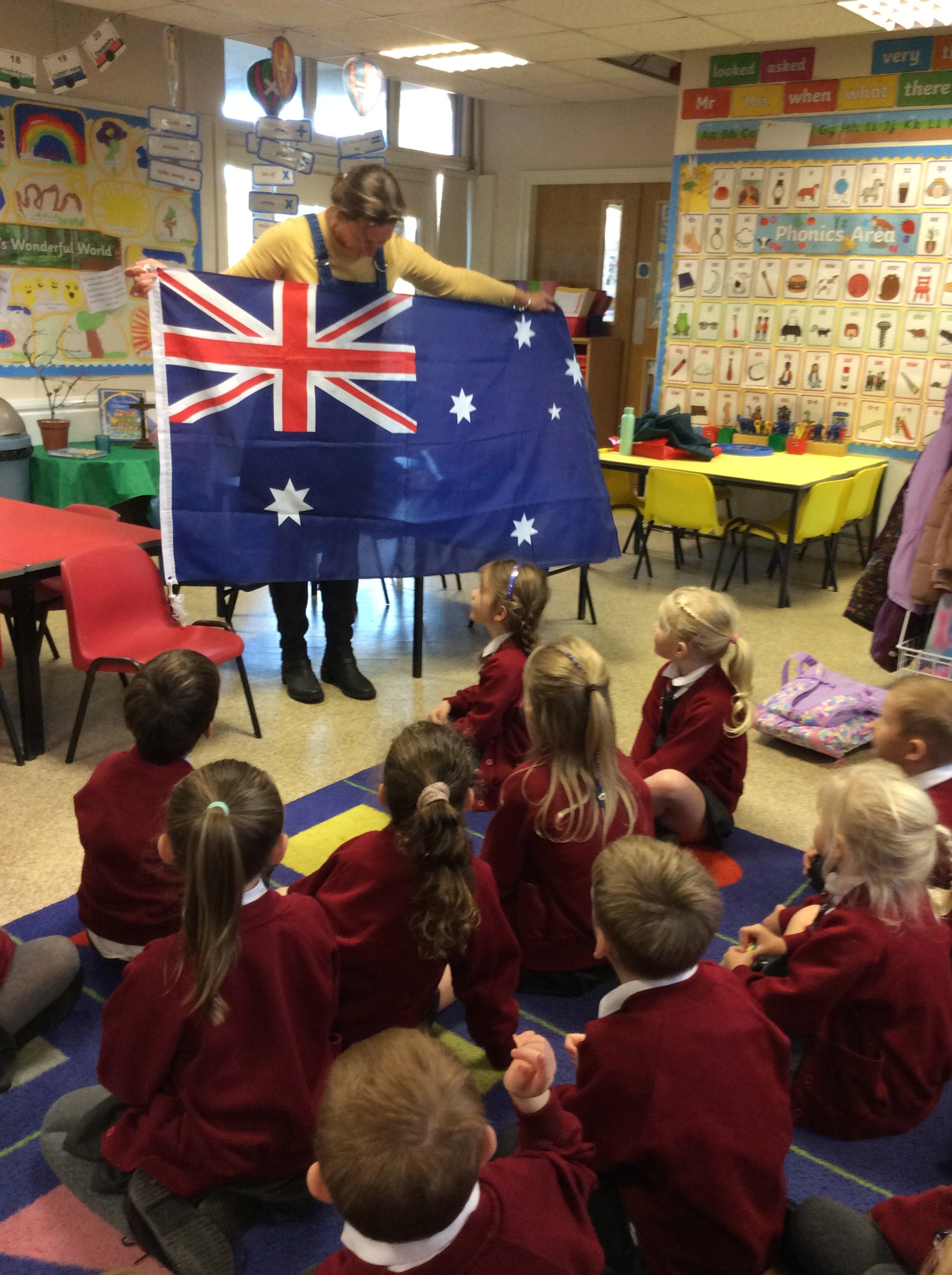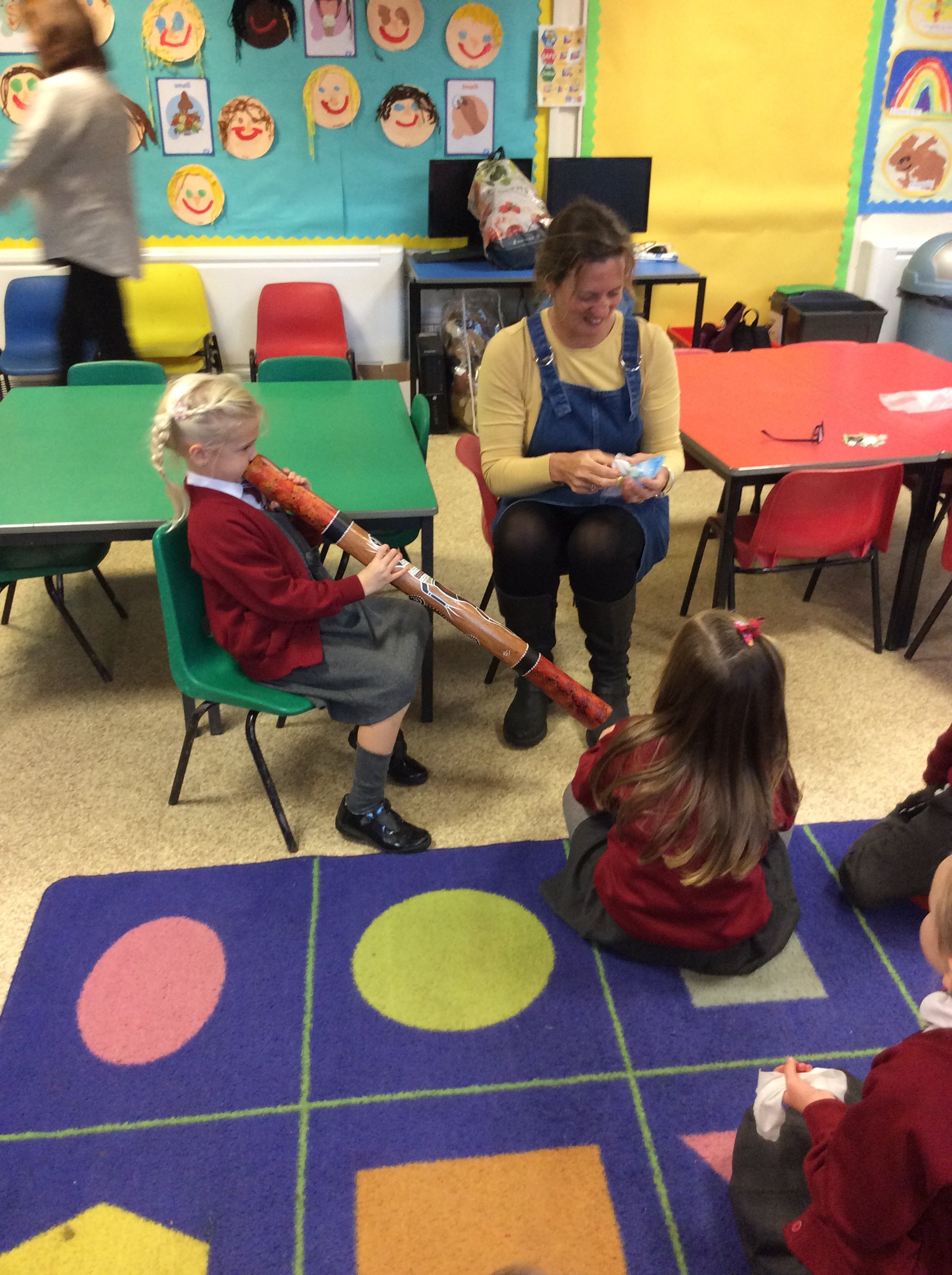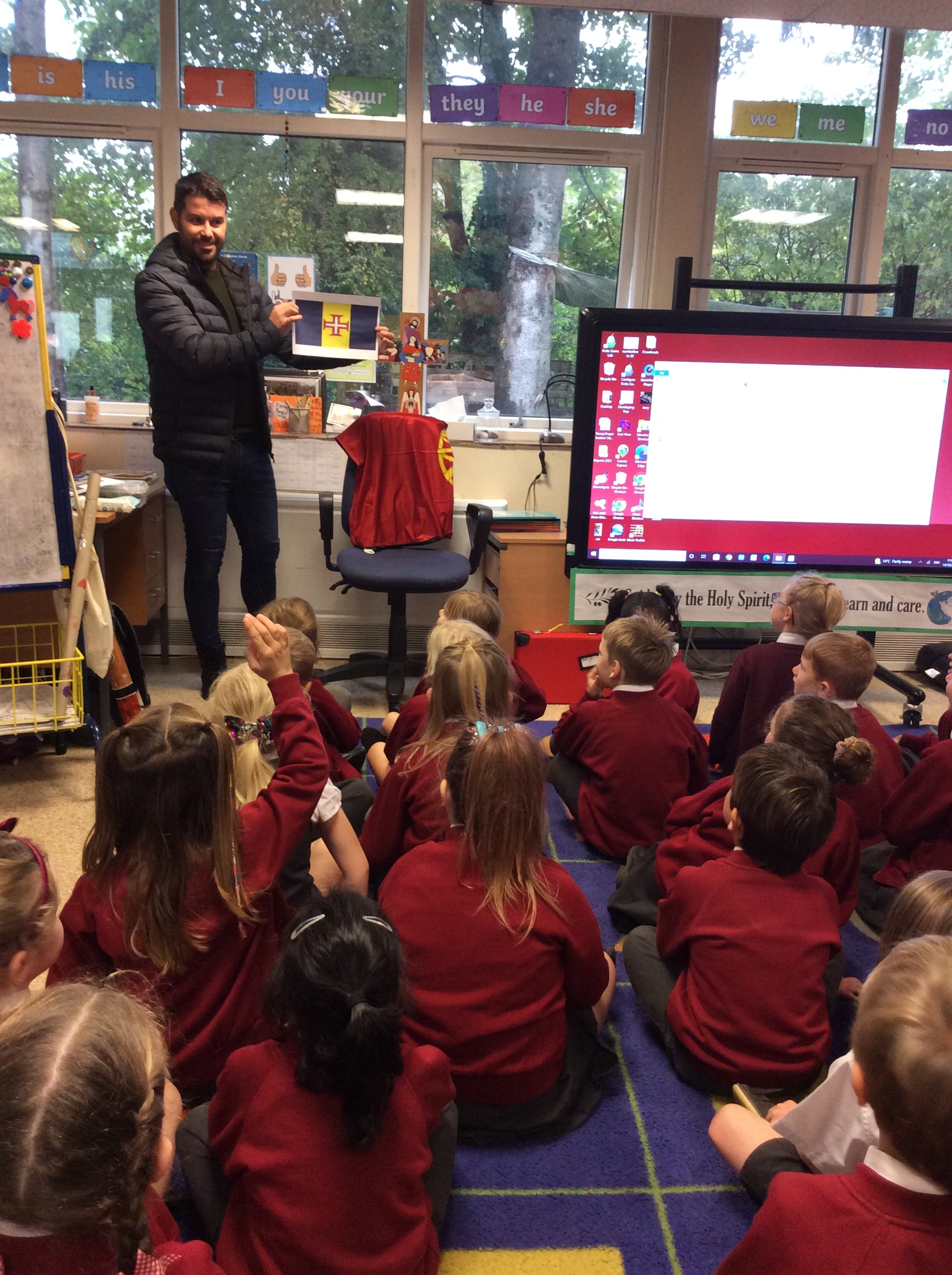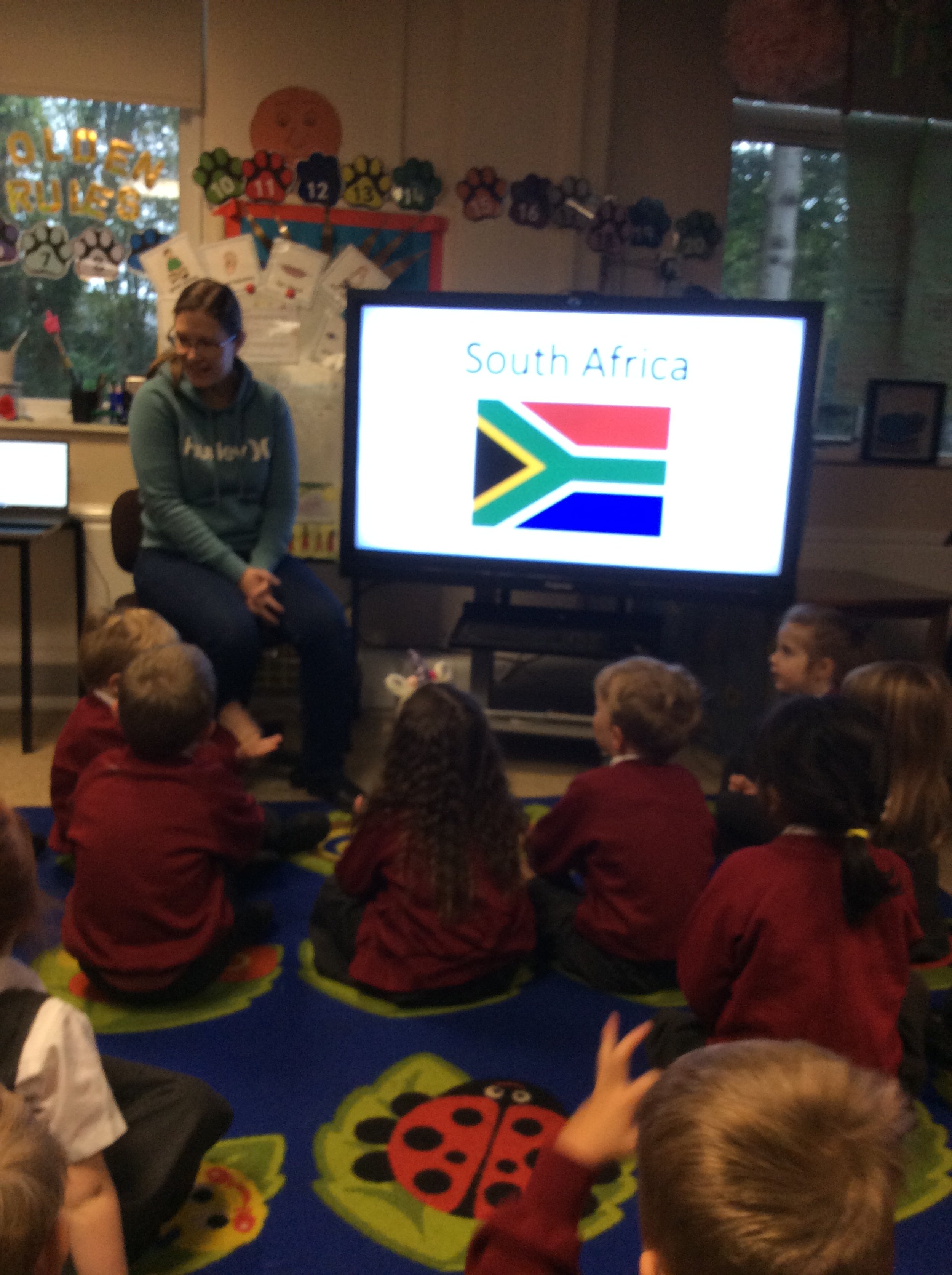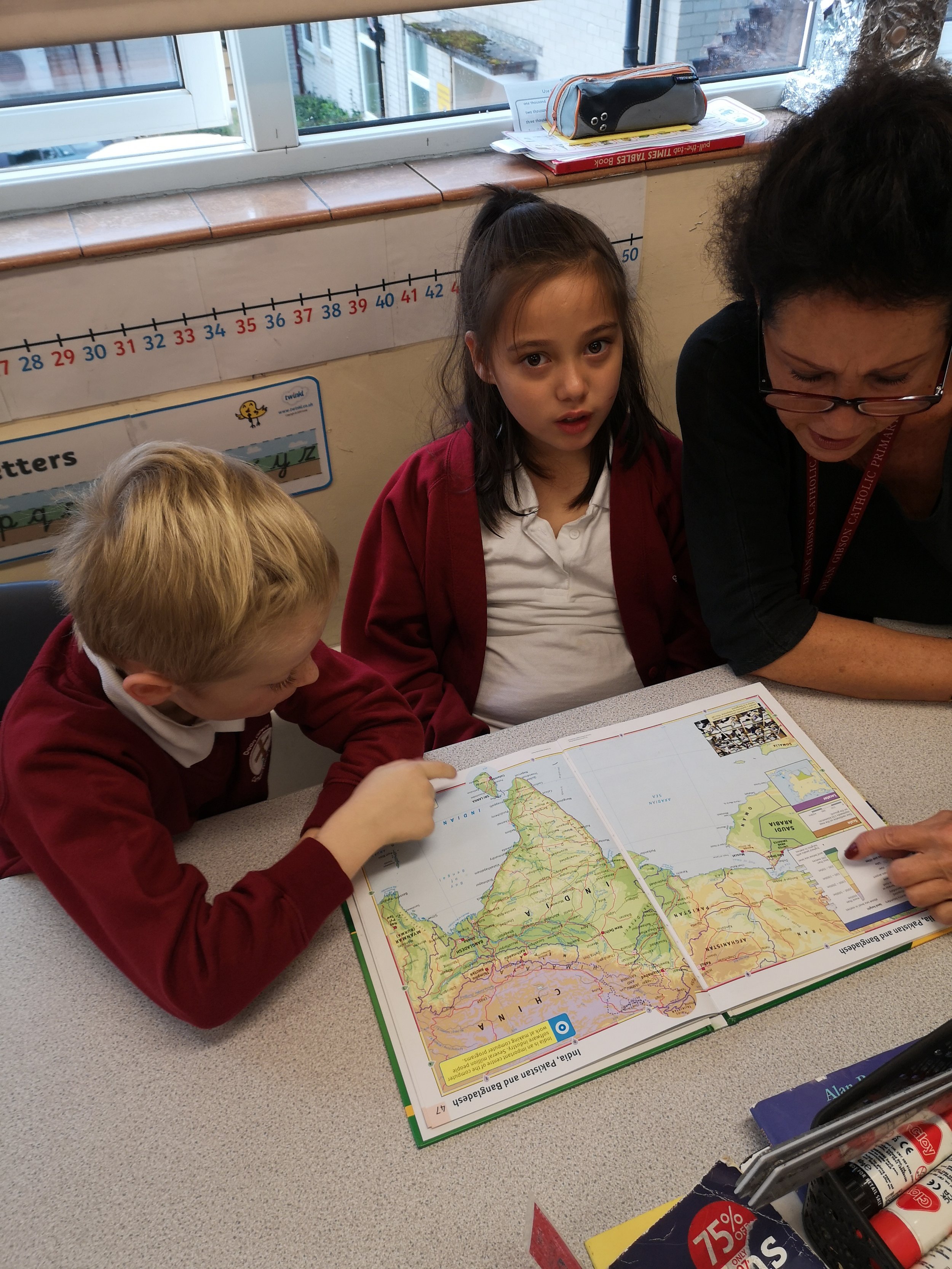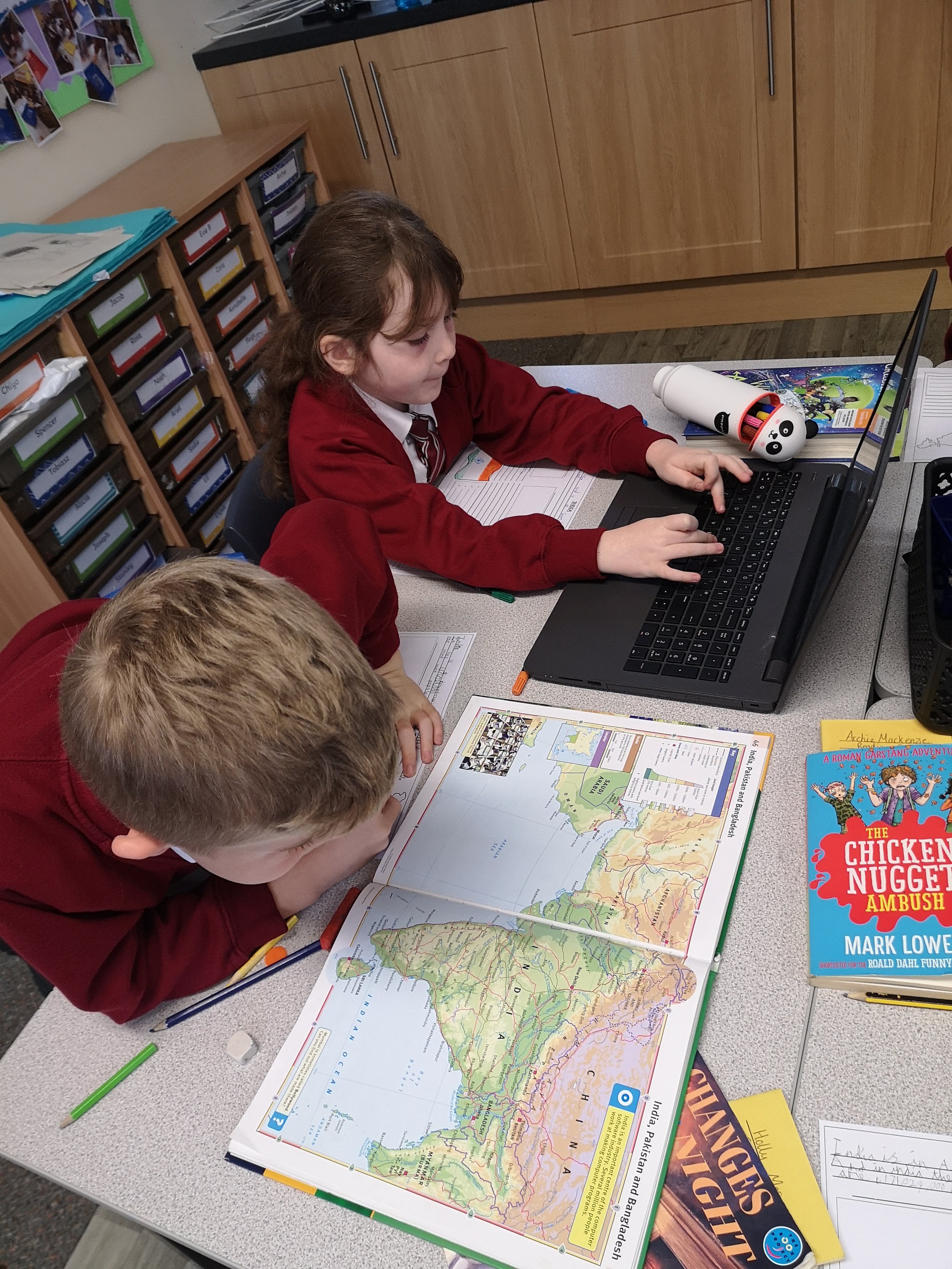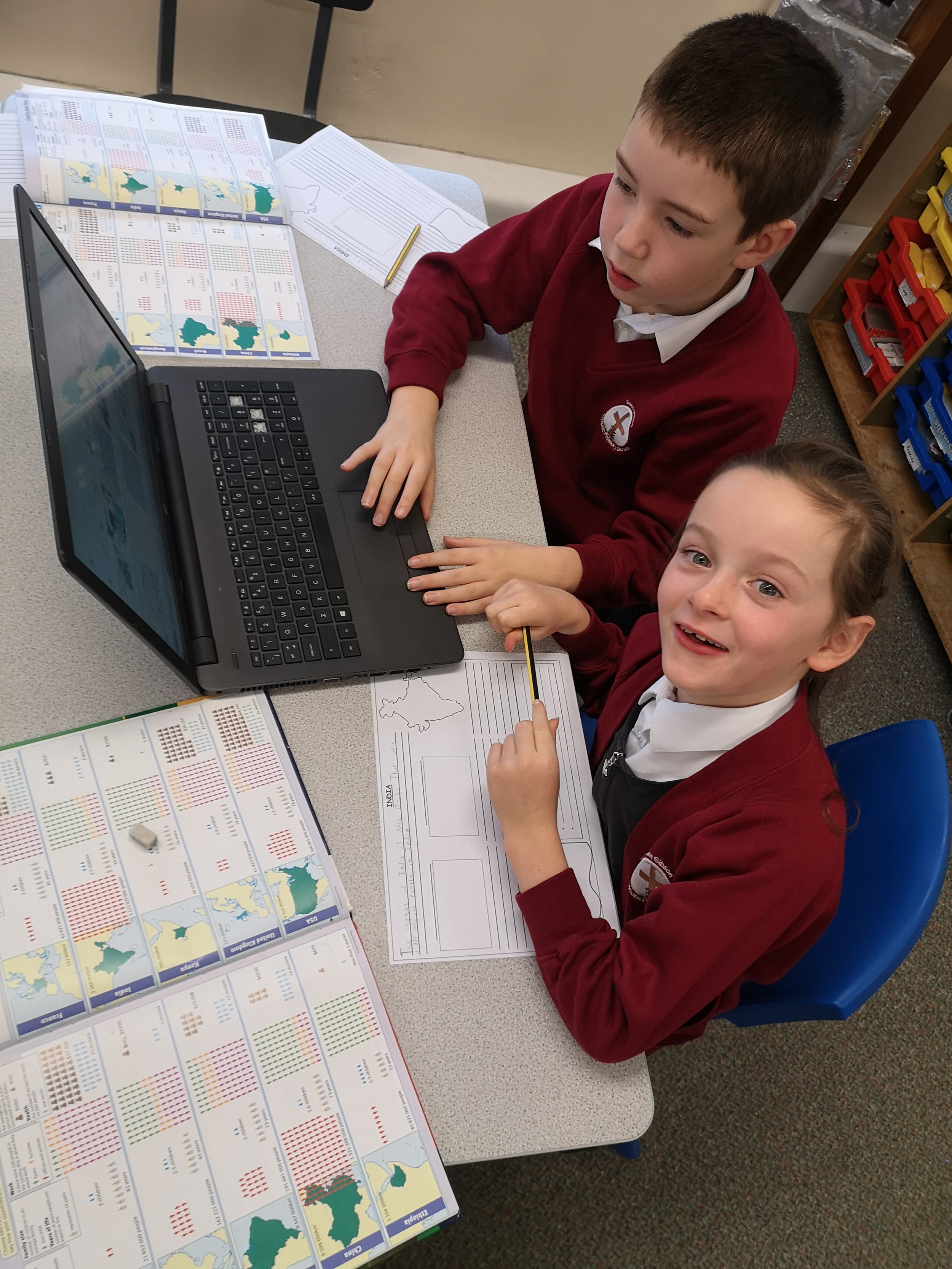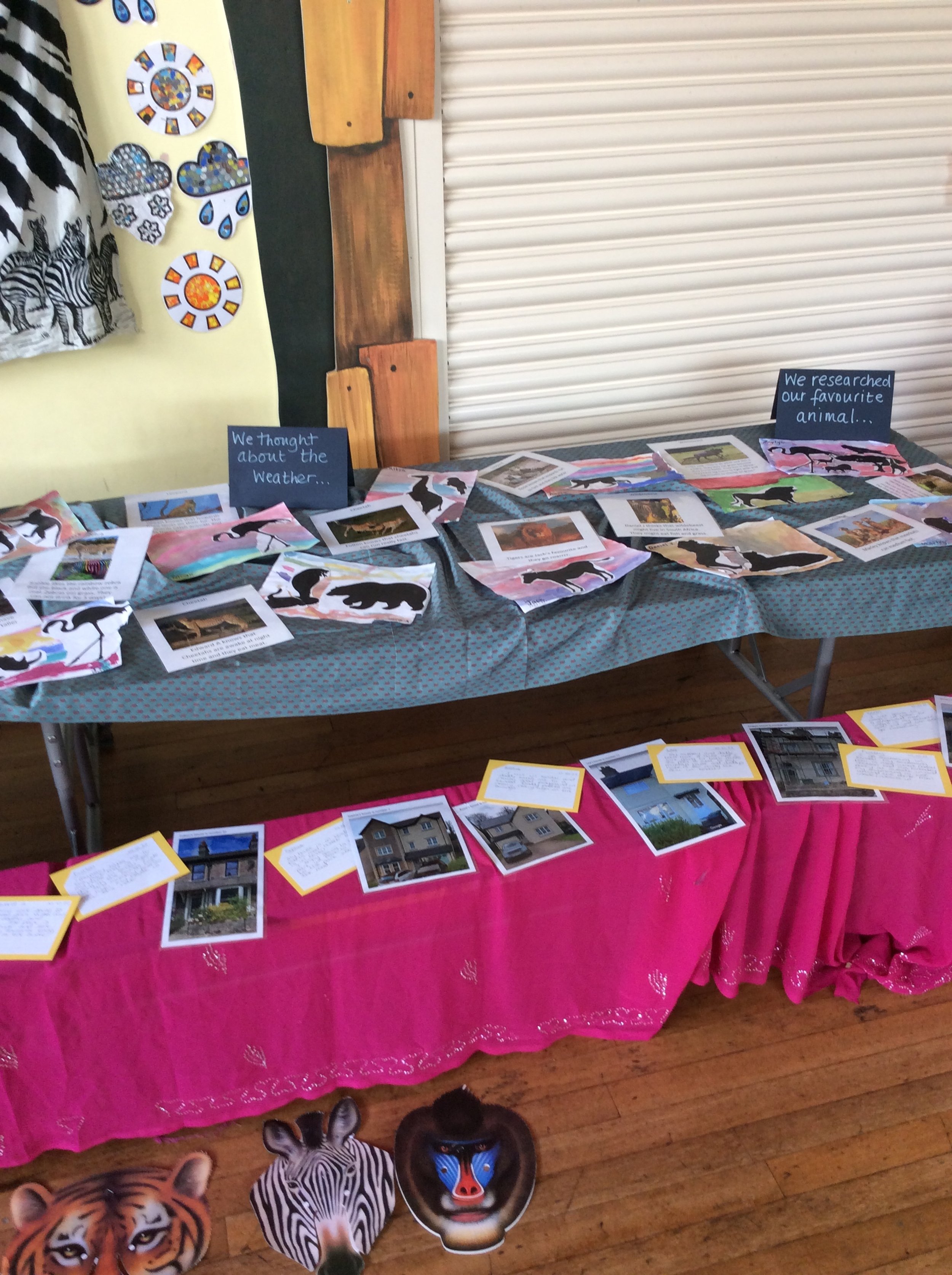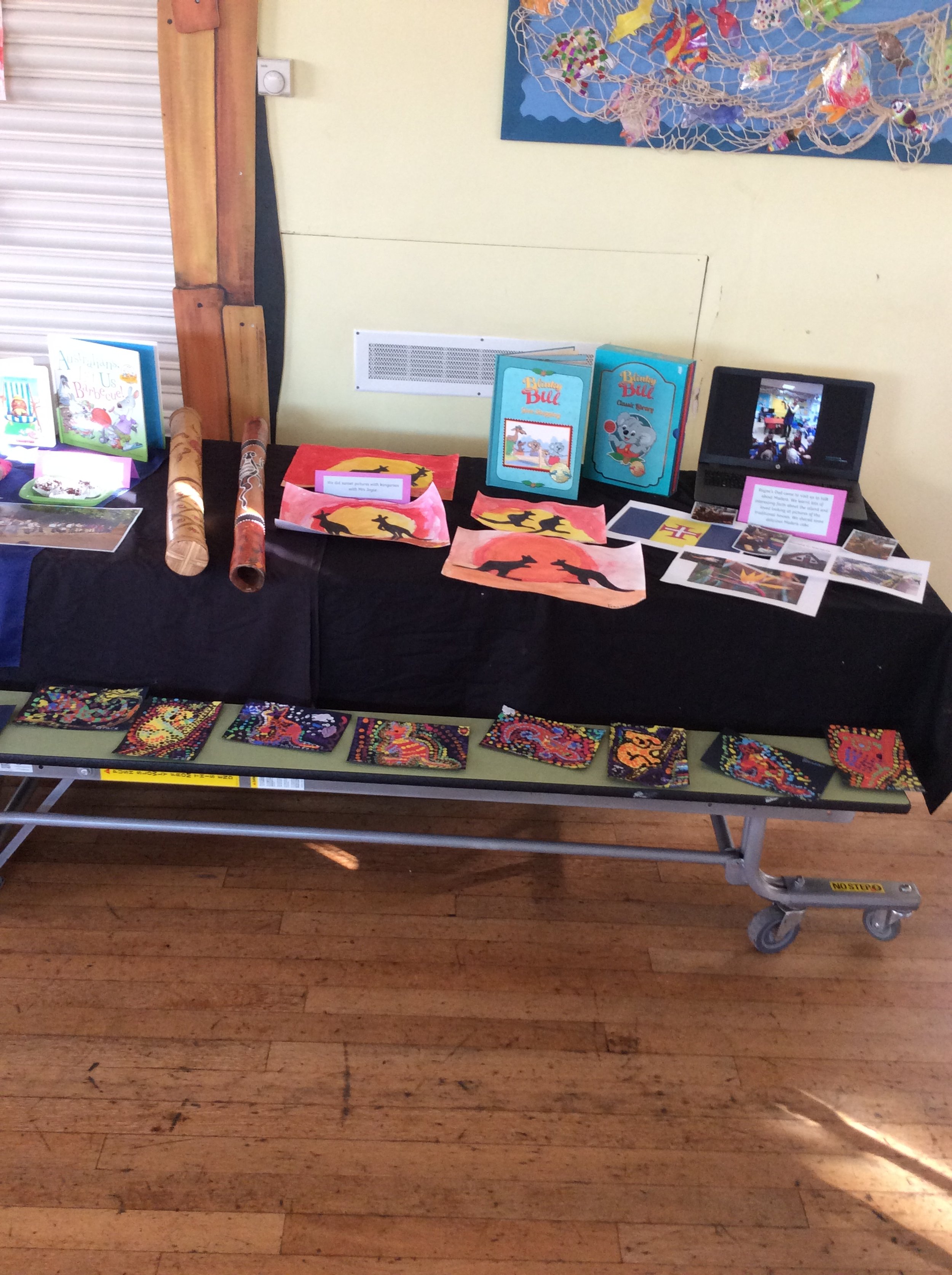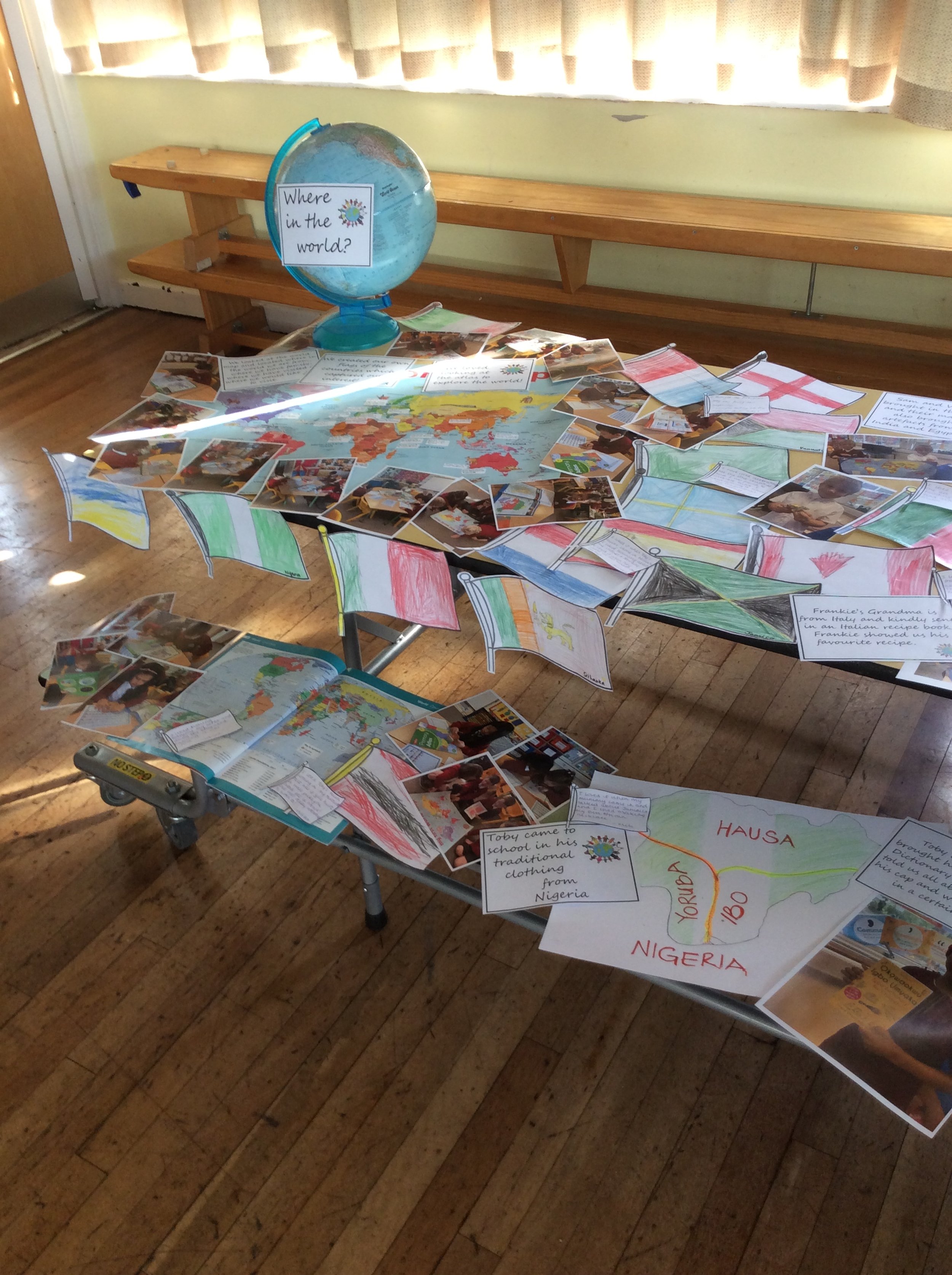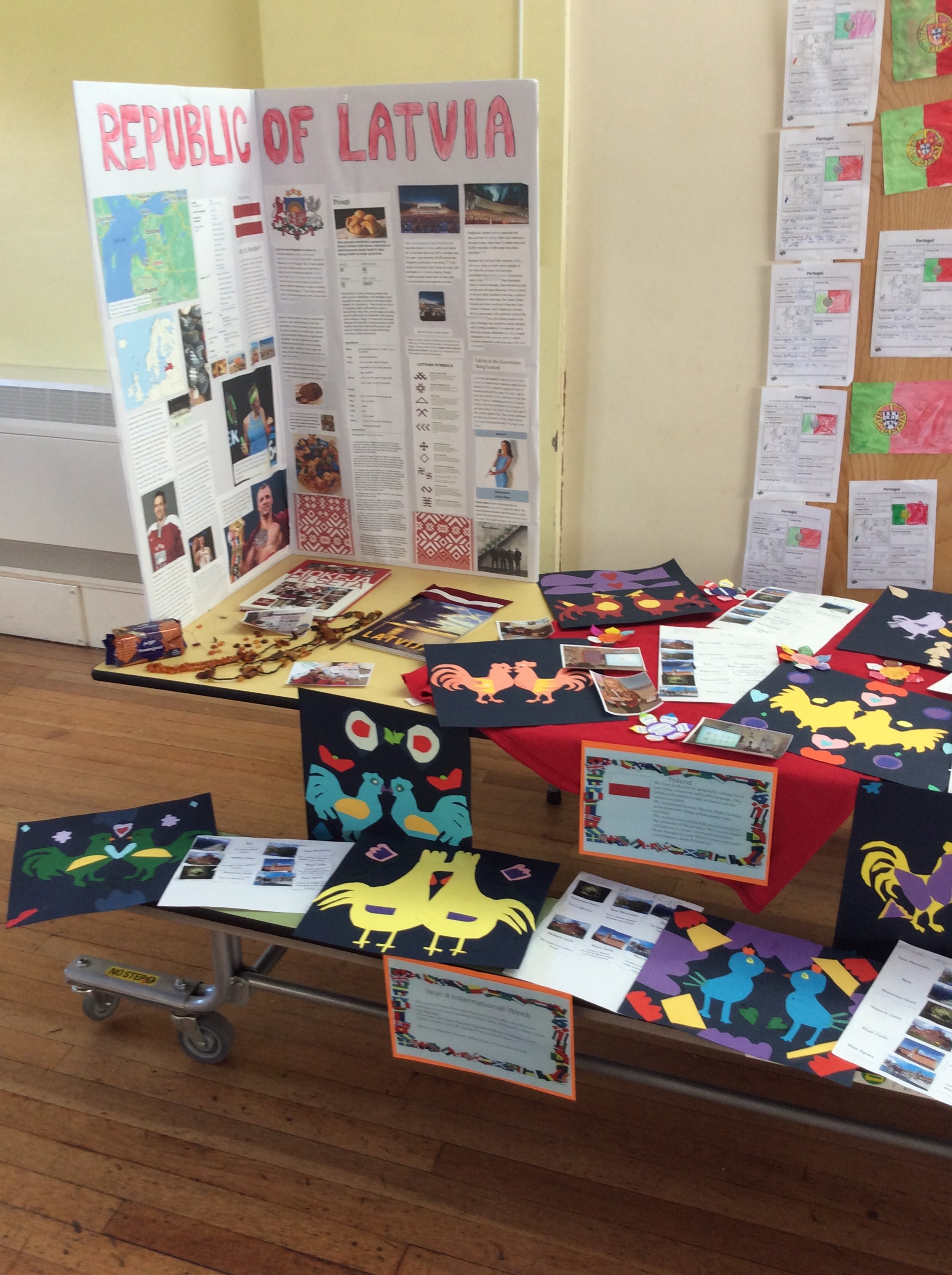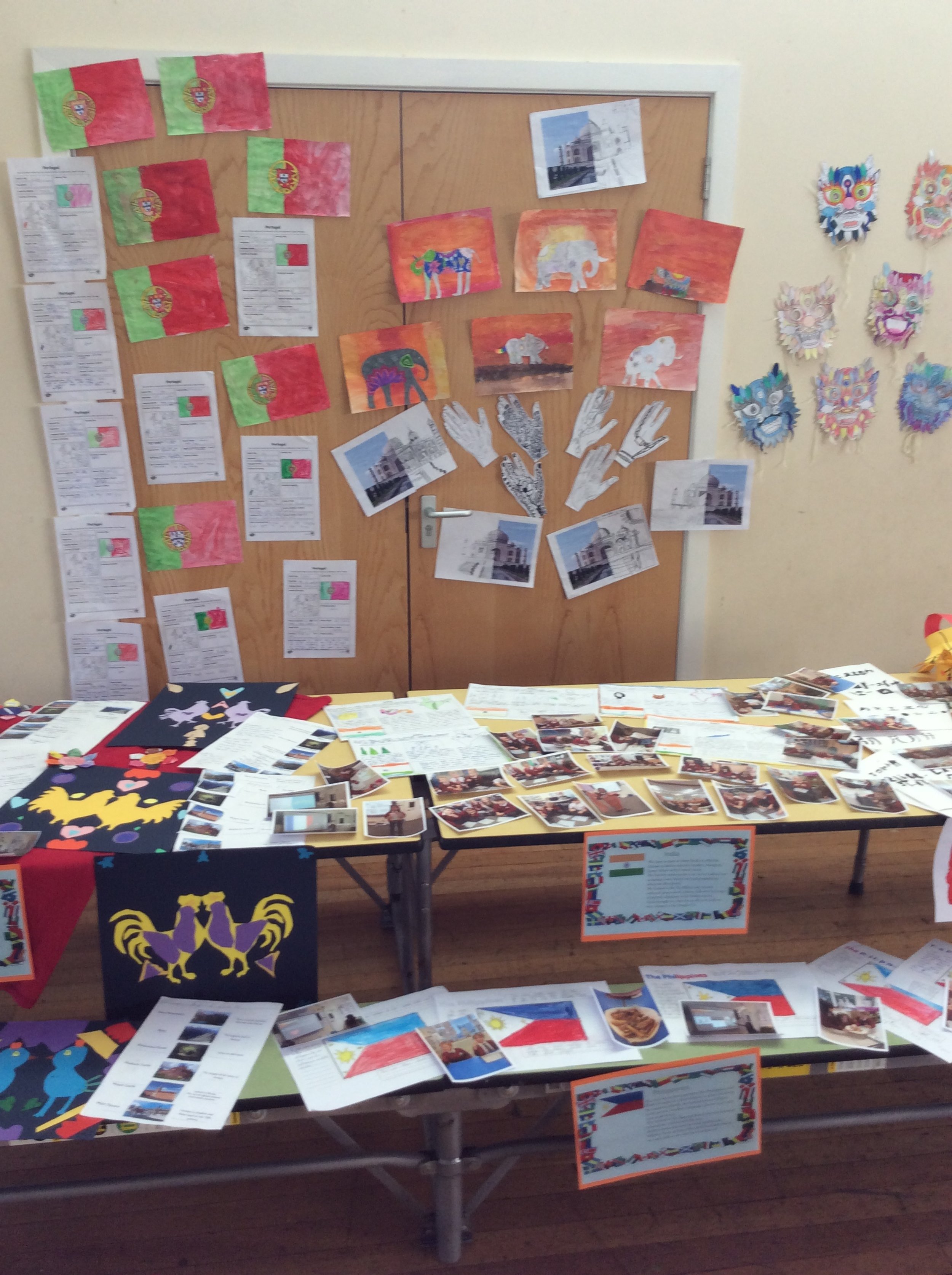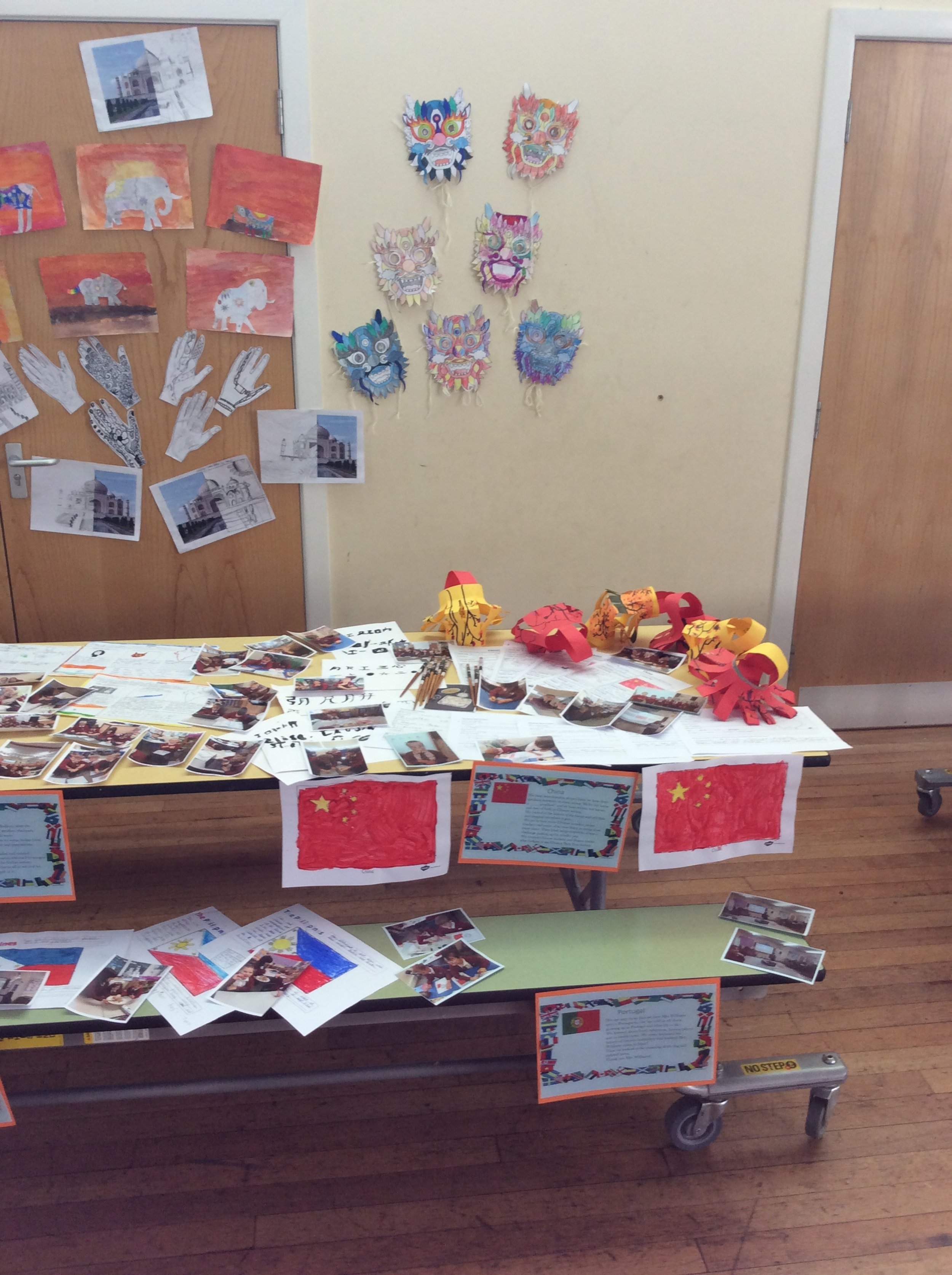Geography
At Dean Gibson, we strive to provide every child with the opportunity to explore the diverse world they live in, using fun, creative and inspiring ways, that fully engages them in securely and precisely building upon their knowledge and skills. We celebrate the diversity of our local area, outdoors and the heritage the children should be proud of; through a rich curriculum we ensure that the children develop curiosity and a sense of self and have the skills to discover more about the world around them. We intend to develop children’s curiosity and a fascination of the world’s diversity and its diverse people that will remain with them for the rest of their lives.
Being a Catholic school in the Lake District, we encourage children to explore the outdoors and be appreciative of the beauty in God’s creation. We want our children to be aware of their place in the world, their potential to change it and their responsibility to protect it. At Dean Gibson, we ensure children readily celebrate difference whether that be in people or place, and care about the value of diversity.
Our structure and sequence of lessons ensures children have a broader, deeper understanding of the four areas of geography identified in the curriculum. We endeavour to provide our children with the core skills to be curious geographers; powering their want to discover more, make progress and be challenged.
Teachers are responsible for the implementation of Geography effectively and to assist pupils to:
• Develop skills which enable them to develop their knowledge and understanding of places.
• Undertake geographical enquiry both inside and outside the classroom.
• Develop an understanding of the patterns and physical and human processes which enable us to make a sense of place.
• Develop knowledge and understanding of environmental change and sustainable development.
• Develop a sense of their own identity and place in their local environment as well as in the world.
Geography Scheme of Work
There is a long term plan for Geography delivery from Y1 to Y6. We have adopted a question based, enquiry led curriculum so children are immediately immersed in the subject area. Teachers may use and adapt a variety of appropriate activities from a range of schemes including; Twinkl, PlanBee and adapt their own resources. Please see attached Curriculum map.
In KS1 children will be taught the main curriculum objectives:
Locational knowledge
name and locate the world’s seven continents and five oceans
name, locate and identify characteristics of the four countries and capital cities of the United Kingdom and its surrounding seas Place knowledge
understand geographical similarities and differences through studying the human and physical geography of a small area of the United Kingdom, and of a small area in a contrasting non-European country
Human and physical geography
identify seasonal and daily weather patterns in the United Kingdom and the location of hot and cold areas of the world in relation to the Equator and the North and South Poles
use basic geographical vocabulary to refer to:
key physical features, including: beach, cliff, coast, forest, hill, mountain, sea, ocean, river, soil, valley, vegetation, season and weather
key human features, including: city, town, village, factory, farm, house, office, port, harbour and shop
Geographical skills and fieldwork
use world maps, atlases and globes to identify the United Kingdom and its countries, as well as the countries, continents and oceans studied at this key stage
use simple compass directions (North, South, East and West) and locational and directional language [for example, near and far; left and right], to describe the location of features and routes on a map
use aerial photographs and plan perspectives to recognise landmarks and basic human and physical features; devise a simple map; and use and construct basic symbols in a key
use simple fieldwork and observational skills to study the geography of their school and its grounds and the key human and physical features of its surrounding environment.
In KS2 children will be taught the main curriculum objectives:
Locational knowledge
locate the world’s countries, using maps to focus on Europe (including the location of Russia) and North and South America, concentrating on their environmental regions,
key physical and human characteristics, countries, and major cities
name and locate counties and cities of the United Kingdom, geographical regions and their identifying human and physical characteristics, key topographical features (including hills, mountains, coasts and rivers), and land-use patterns; and understand how some of these aspects have changed over time
identify the position and significance of latitude, longitude, Equator, Northern Hemisphere, Southern Hemisphere, the Tropics of Cancer and Capricorn, Arctic and Antarctic Circle, the Prime/Greenwich Meridian and time zones (including day and night)
Place knowledge
understand geographical similarities and differences through the study of human and physical geography of a region of the United Kingdom, a region in a European country, and a region within North or South America
Human and physical geography
describe and understand key aspects of:
physical geography, including: climate zones, biomes and vegetation belts, rivers, mountains, volcanoes and earthquakes, and the water cycle
human geography, including: types of settlement and land use, economic activity including trade links, and the distribution of natural resources including energy, food, minerals and water
Geographical skills and fieldwork
use maps, atlases, globes and digital/computer mapping to locate countries and describe features studied
use the eight points of a compass, four and six-figure grid references, symbols and key (including the use of Ordnance Survey maps) to build their knowledge of the United Kingdom and the wider world
use fieldwork to observe, measure, record and present the human and physical features in the local area using a range of methods, including sketch maps, plans and graphs, and digital technologies.
“Geography is fun, we learn where we are from and about different countries which is really interesting. ”
“A way of travelling the world by just looking in an atlas.”
International Week
Every year, we try to organise an International week which celebrates the different nationalities and cultures our pupils and their parents have. We immerse ourselves in learning about new countries and make comparisons between our lives and those of others. Our children have fun learning about the world around them through creative tasks and supported by people at home.
